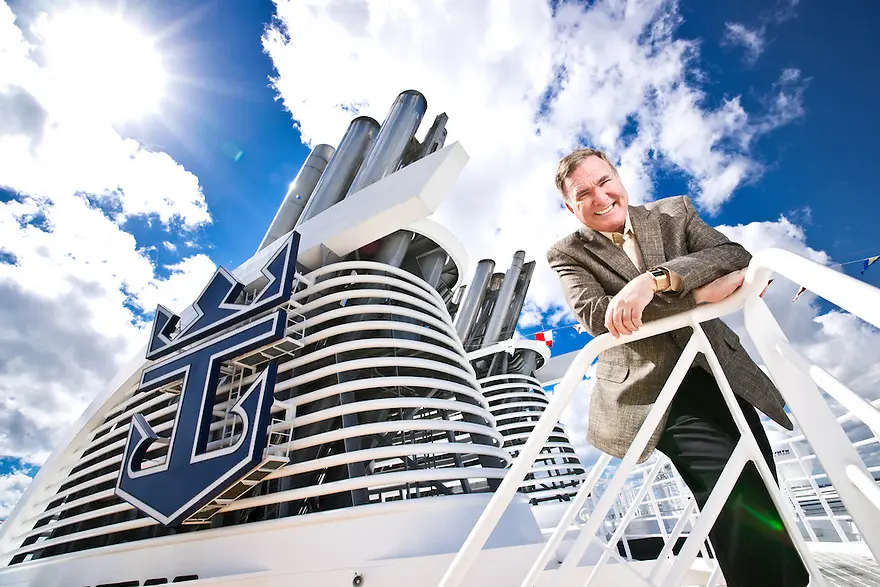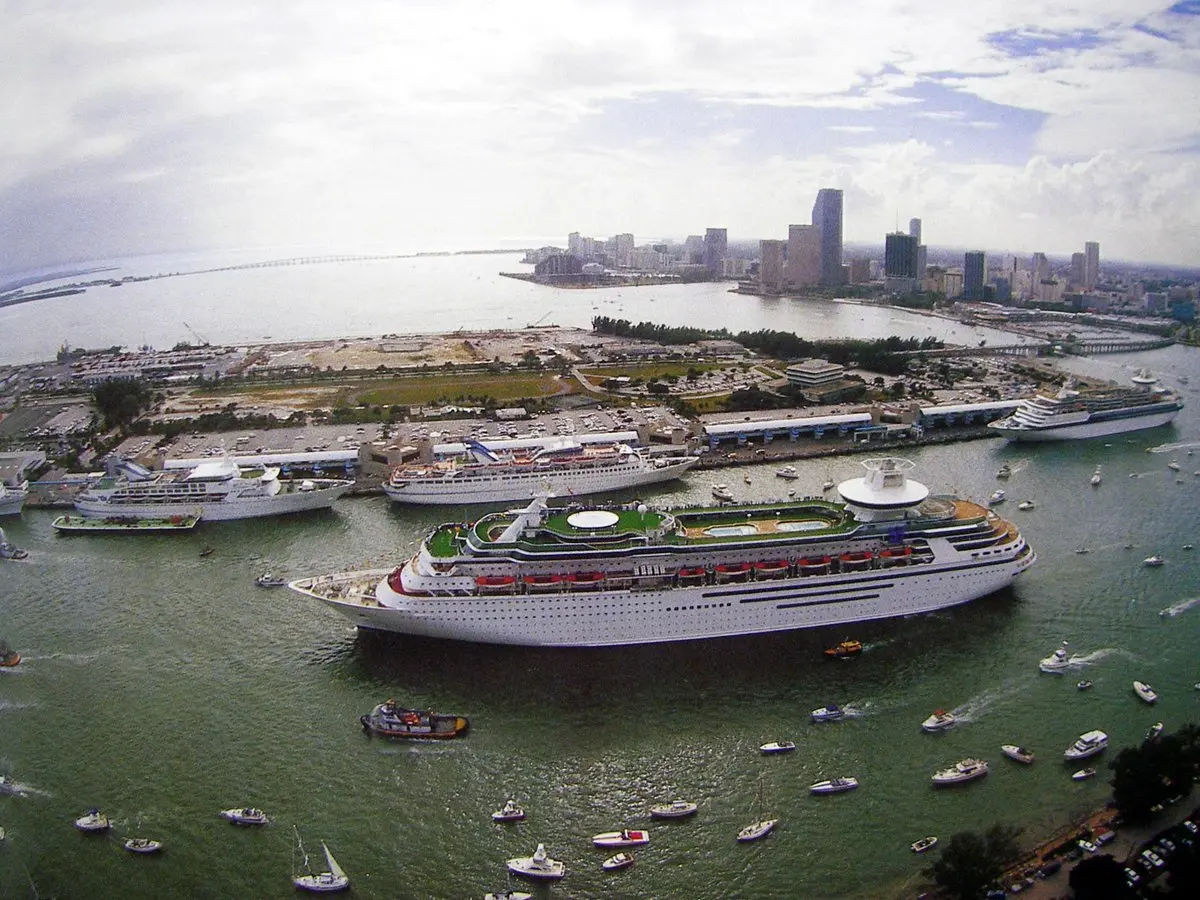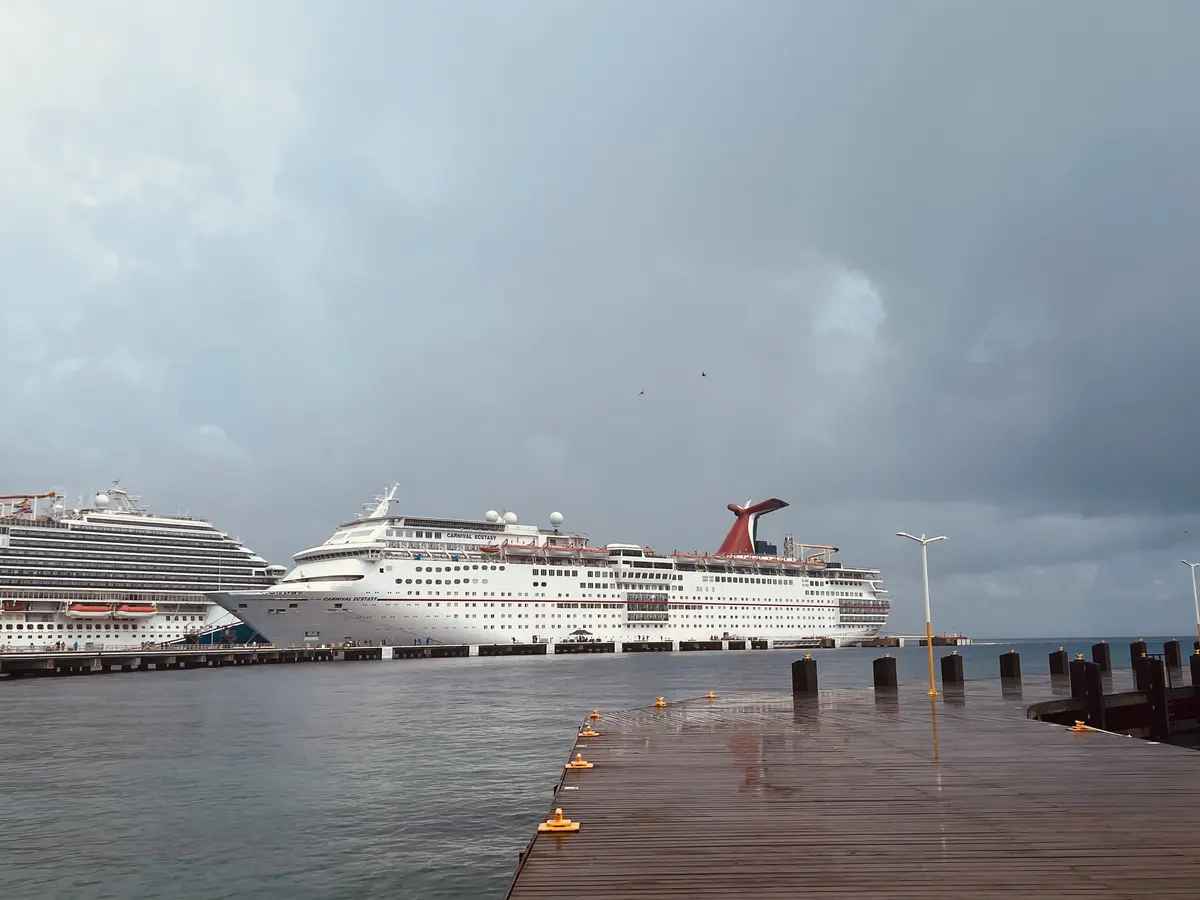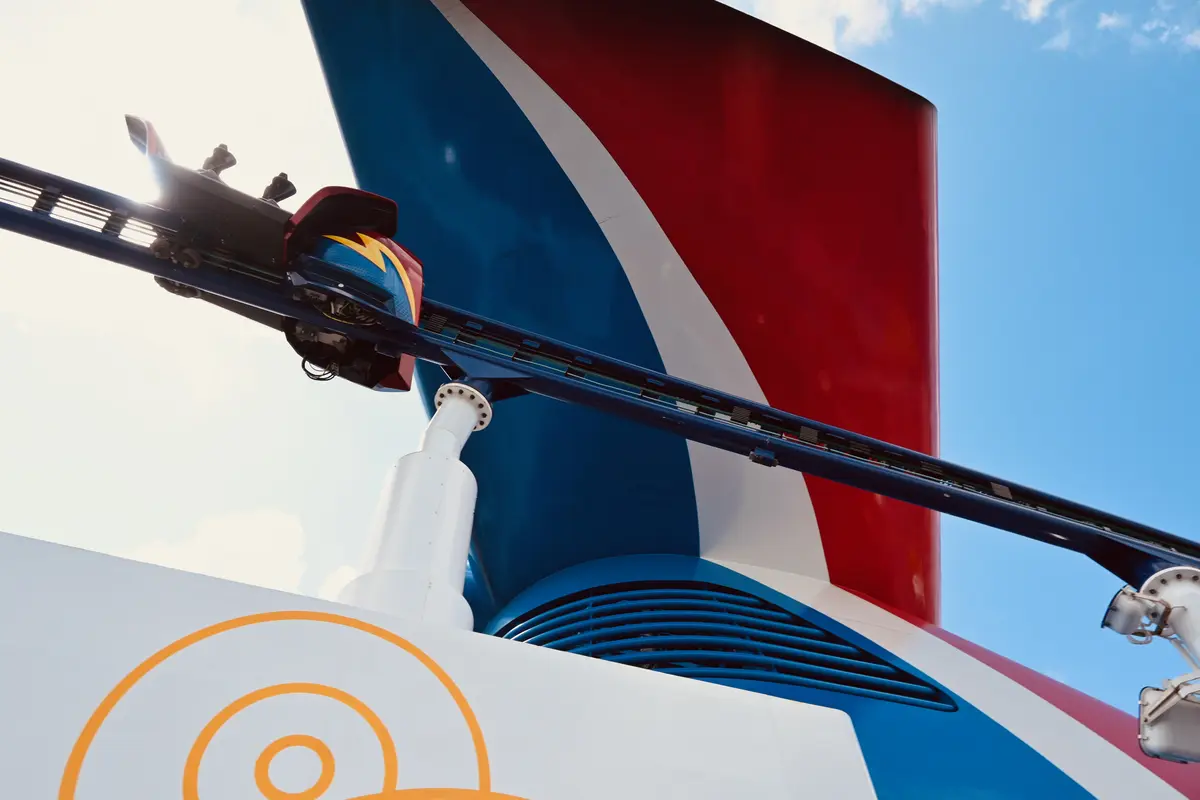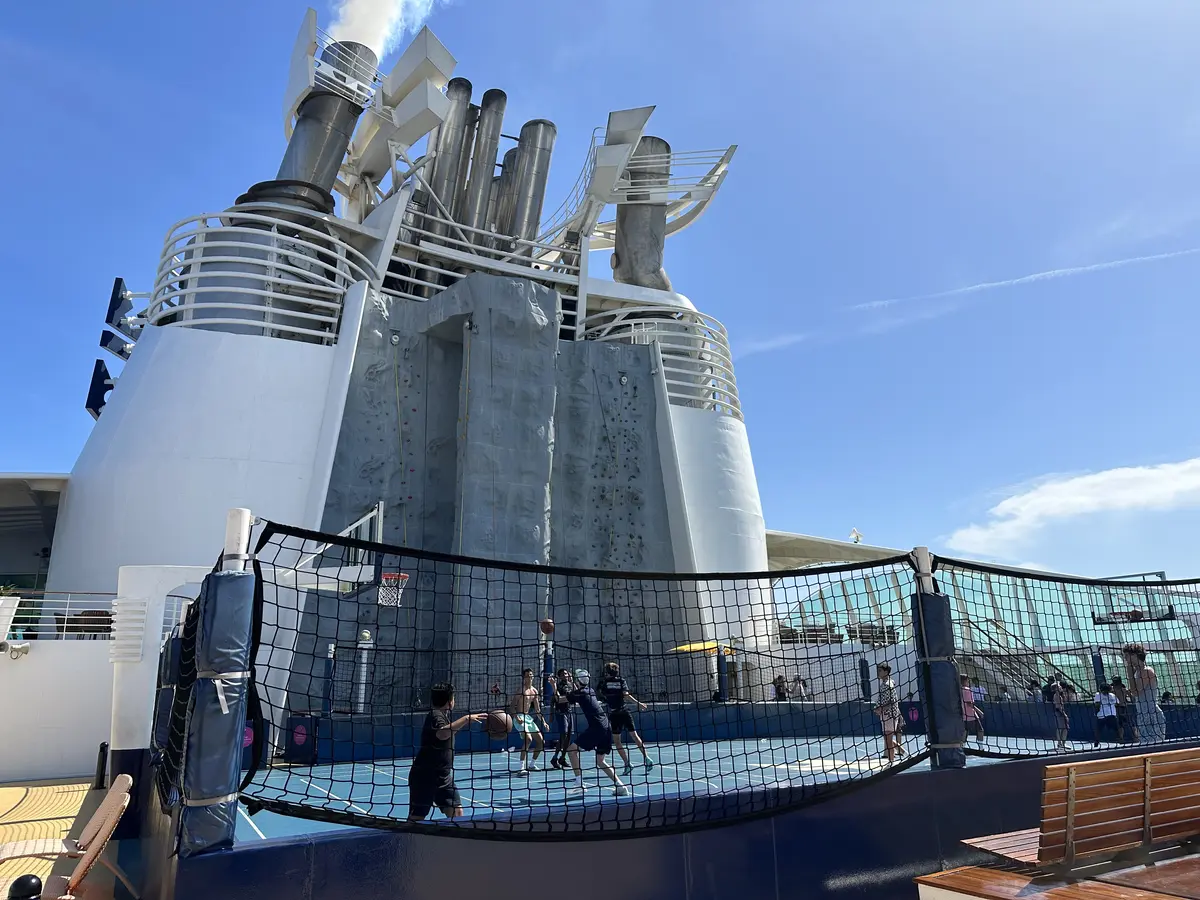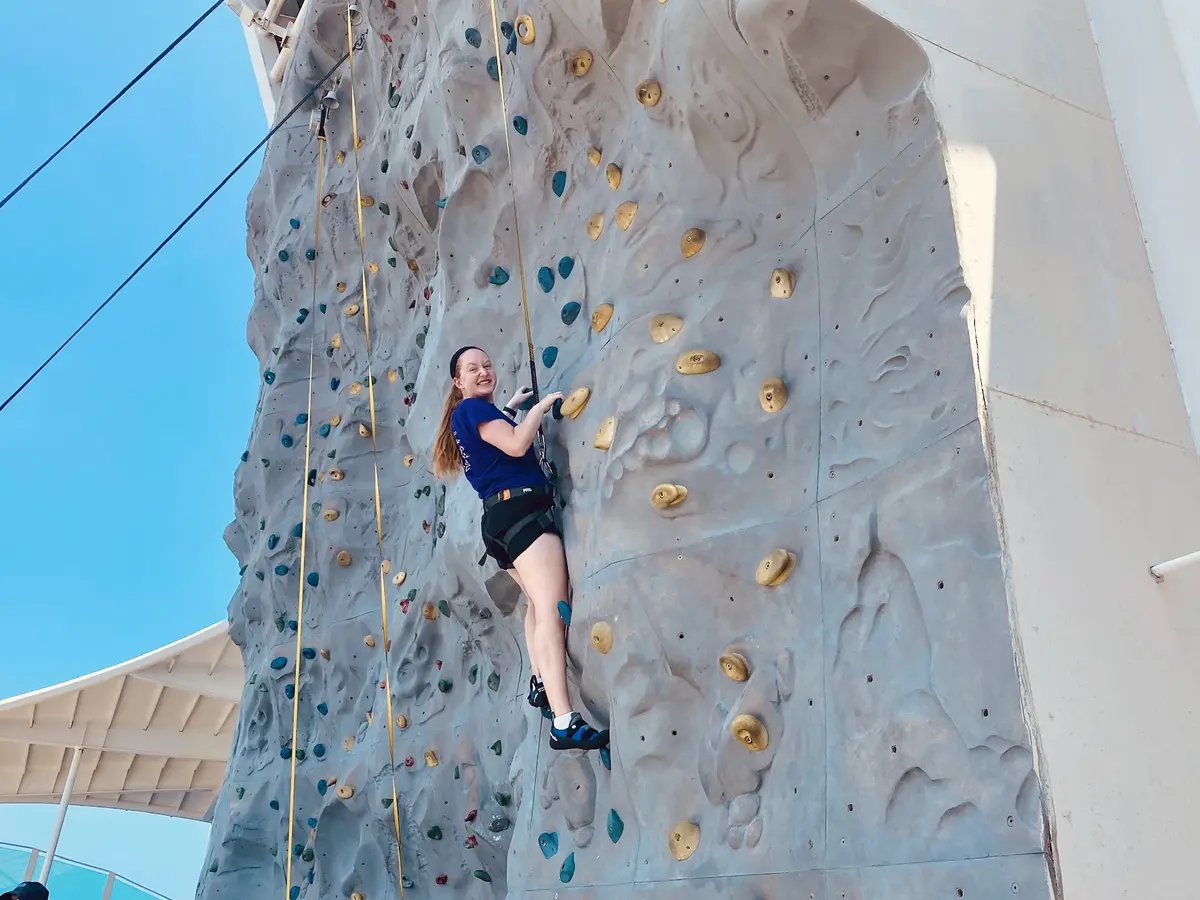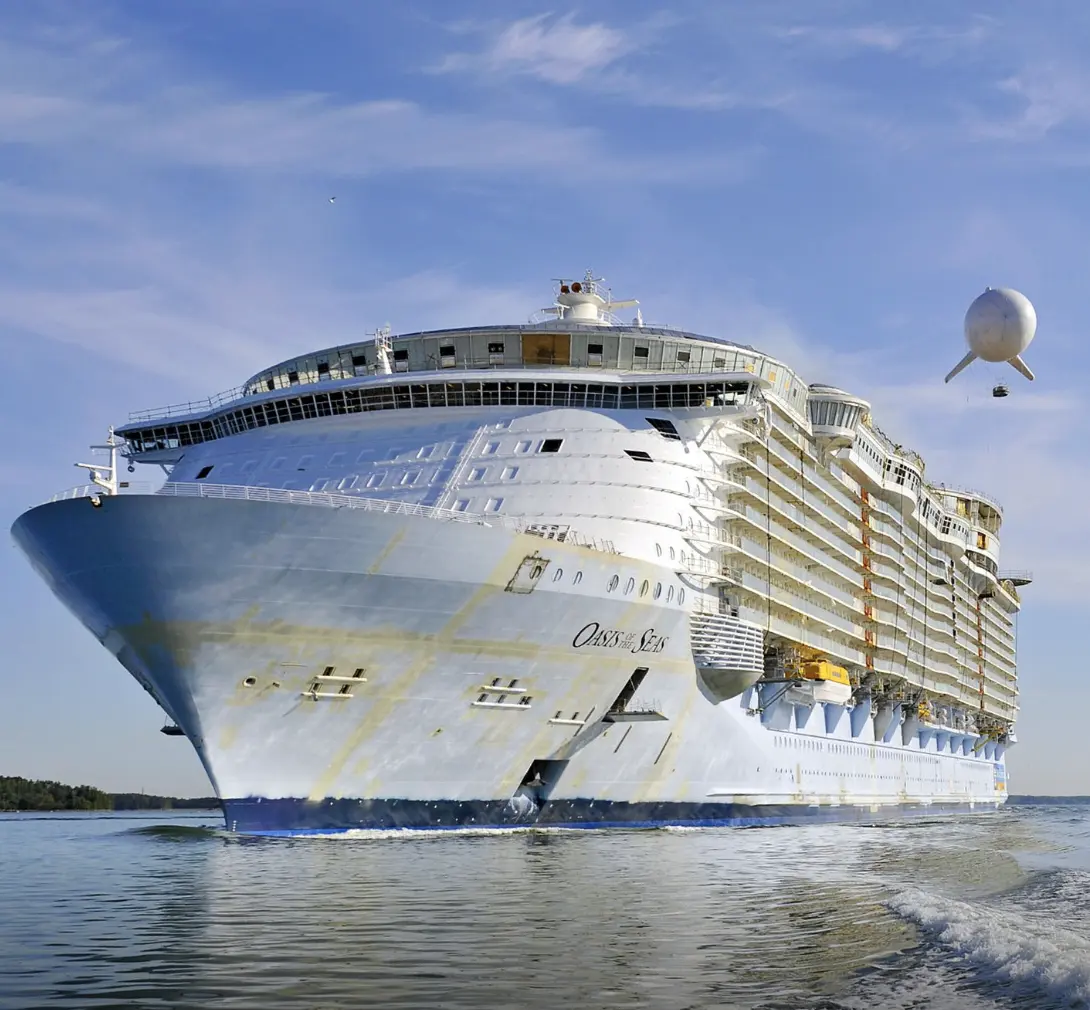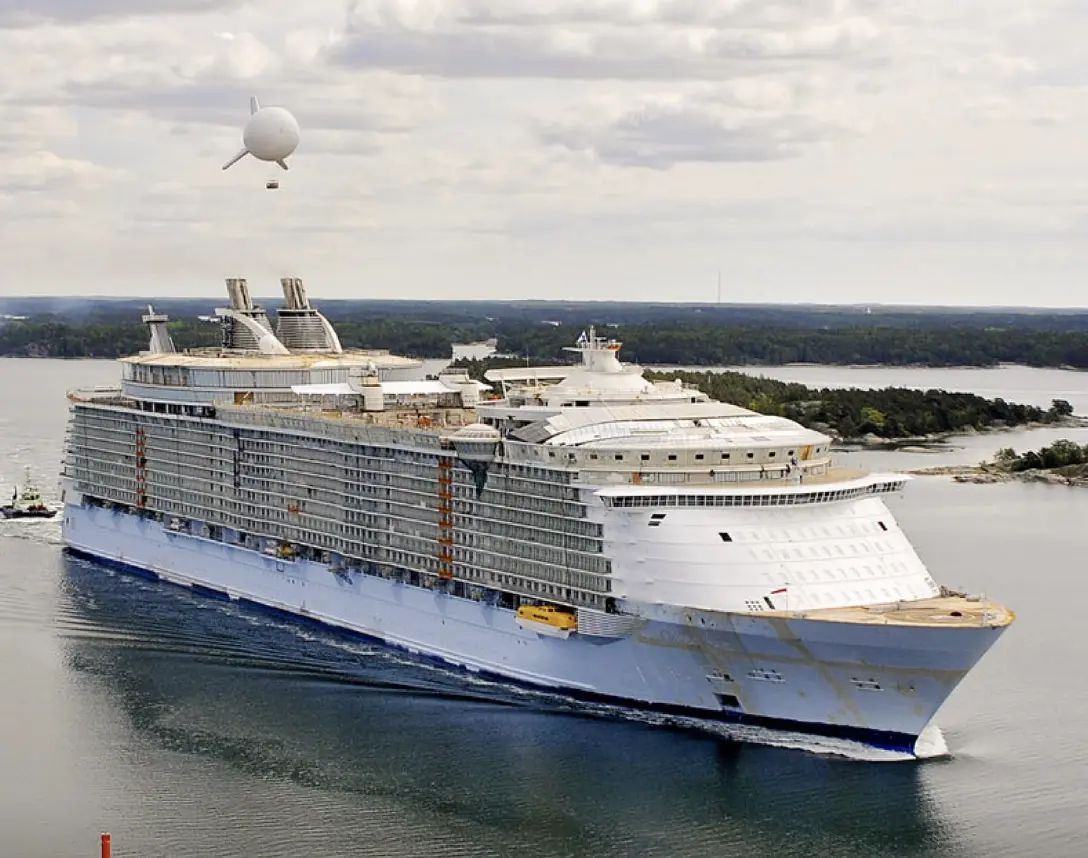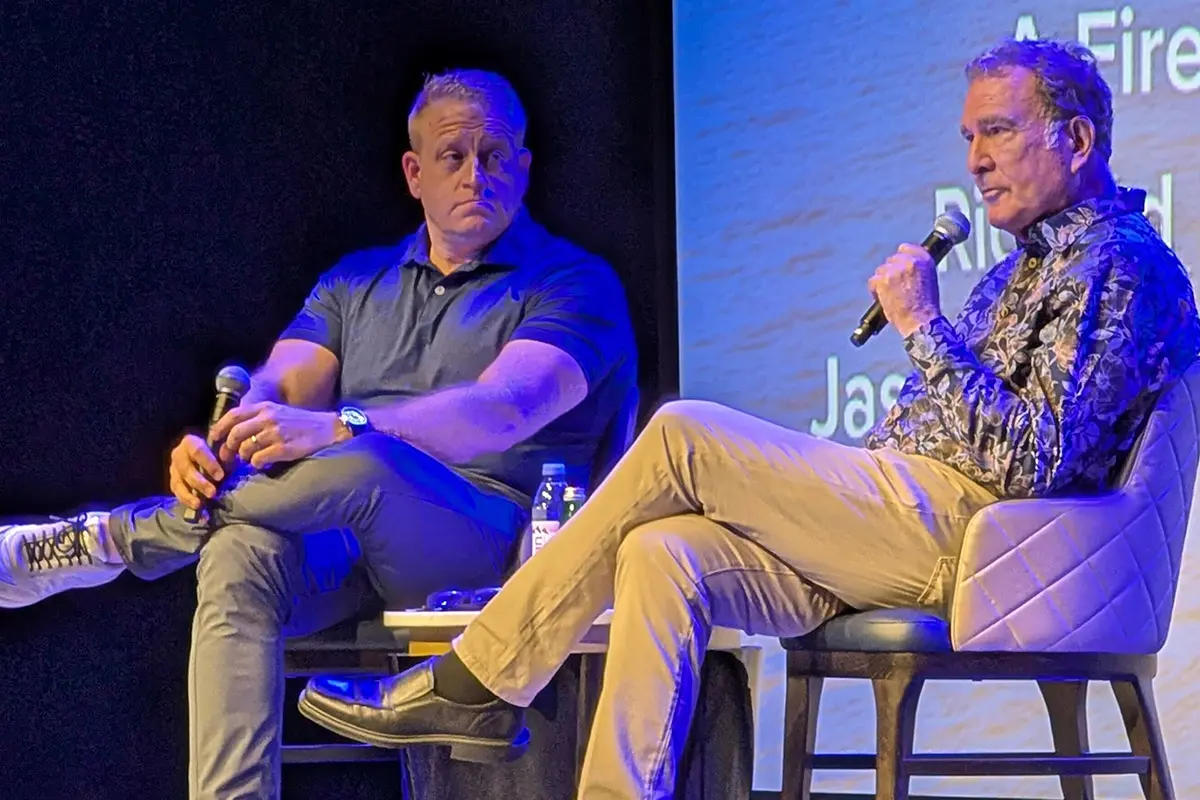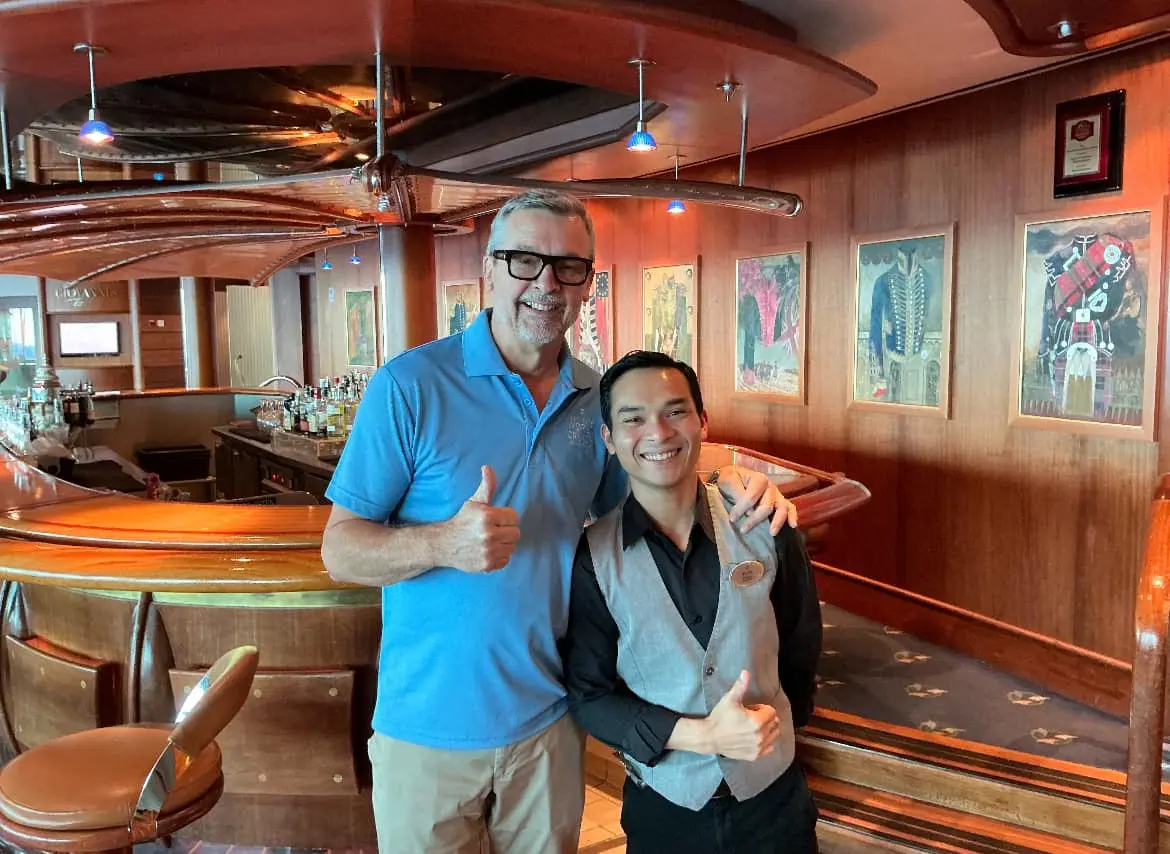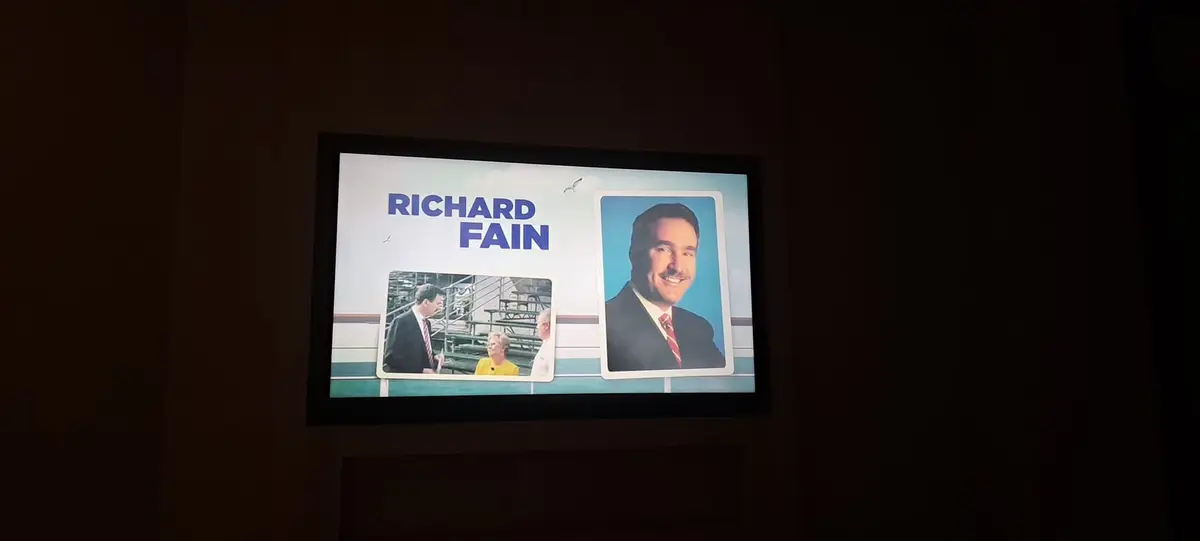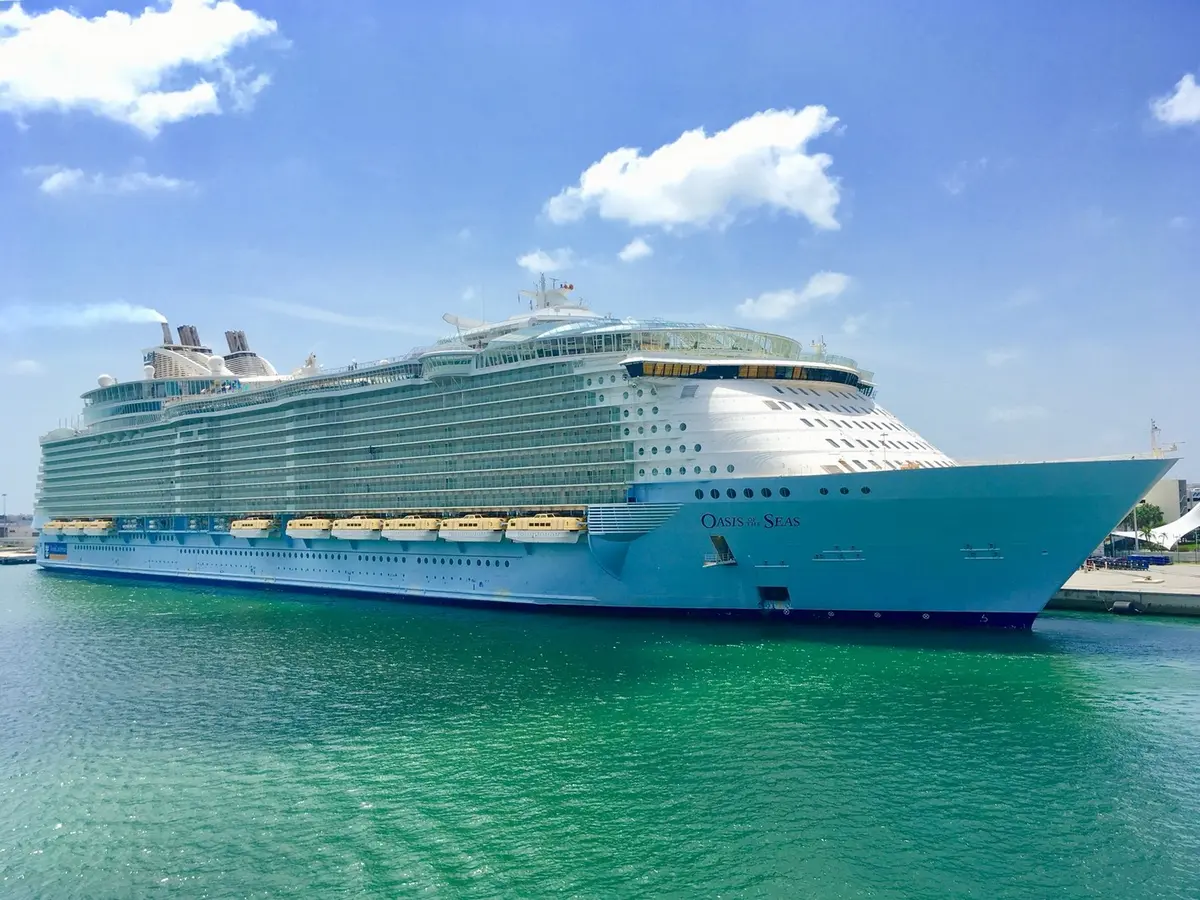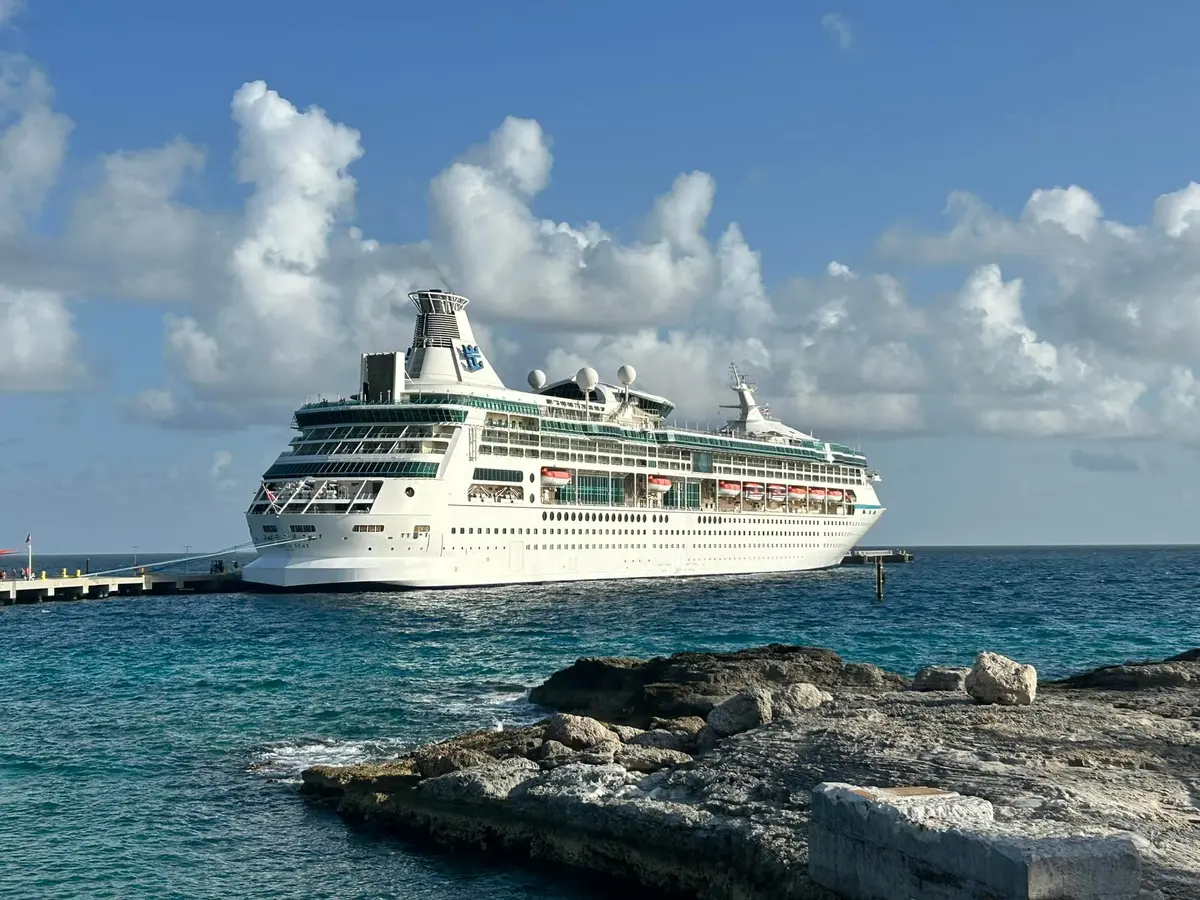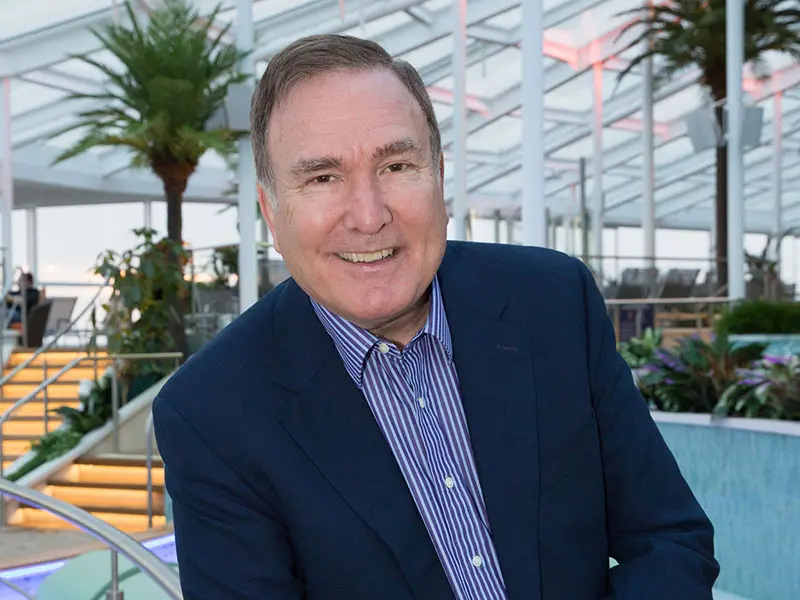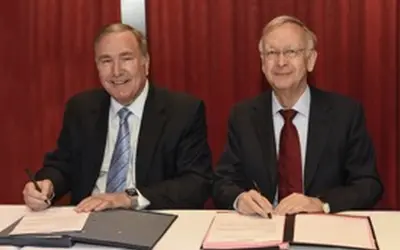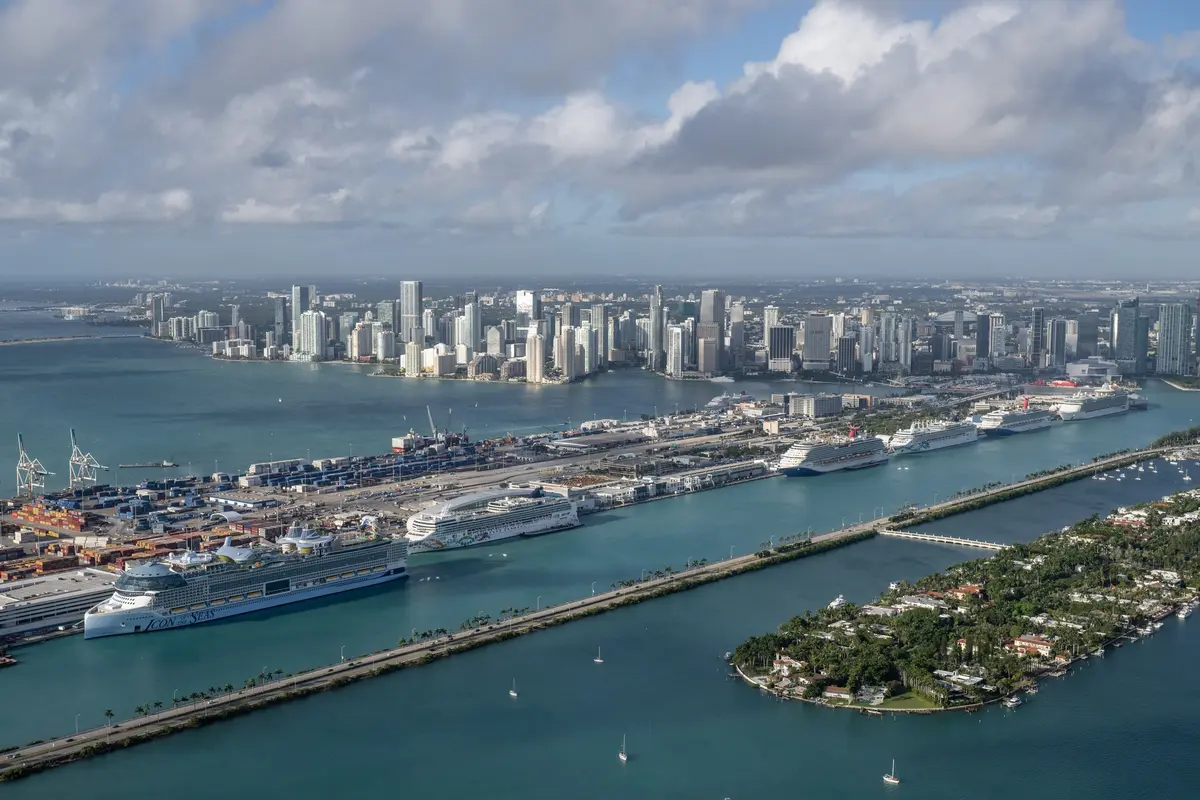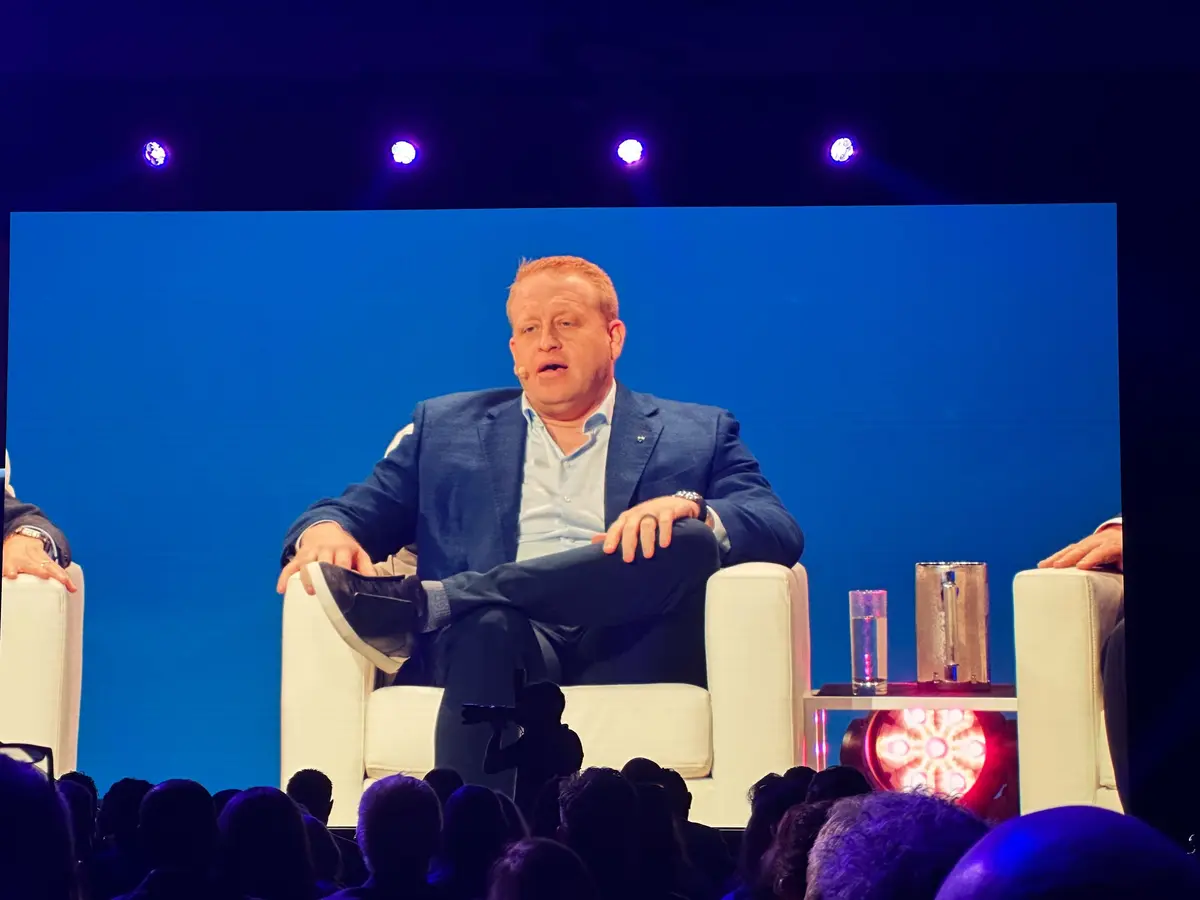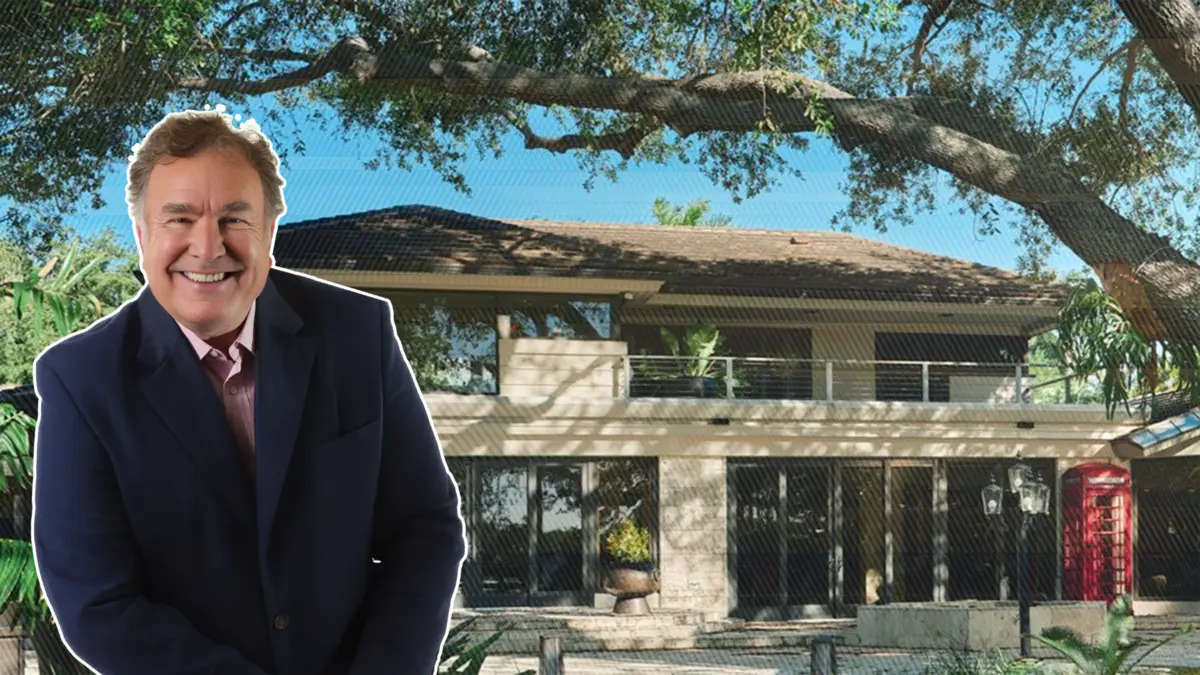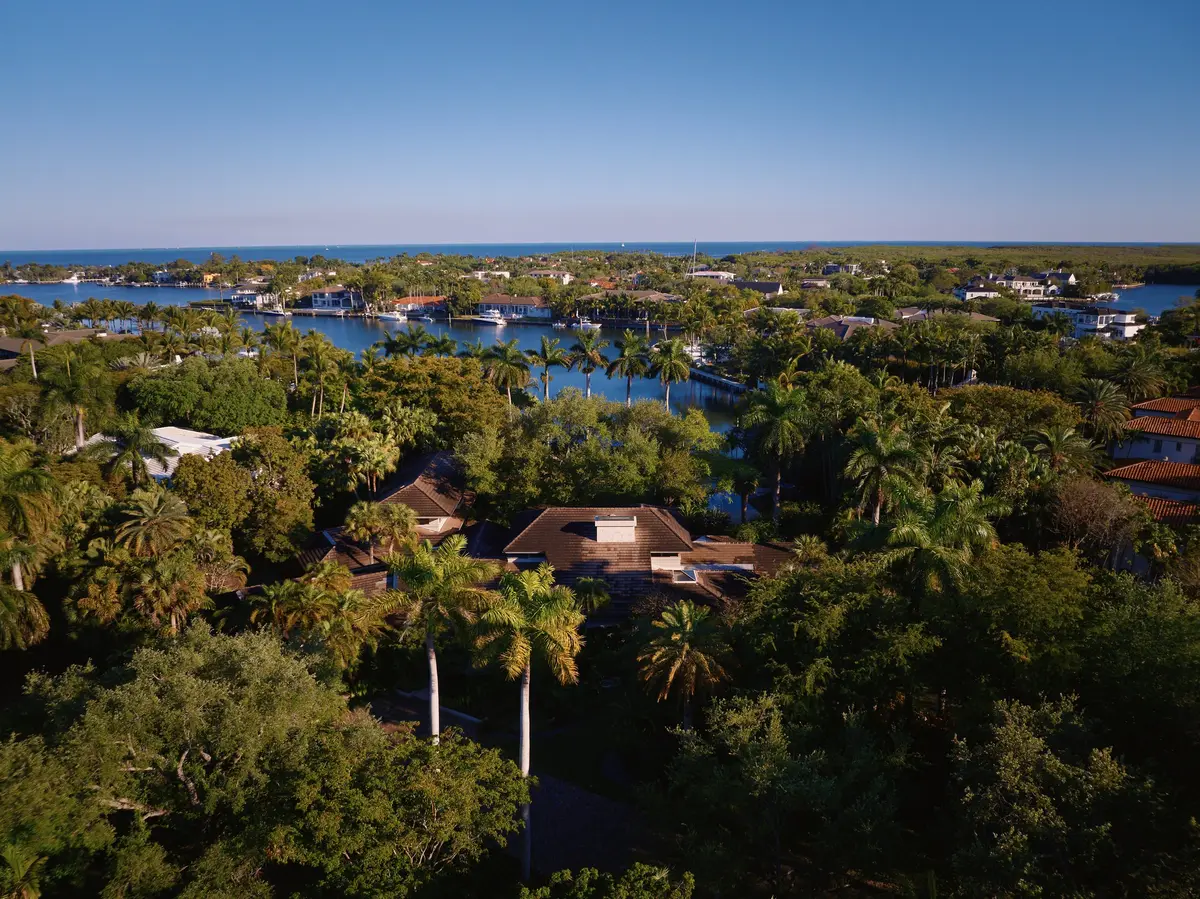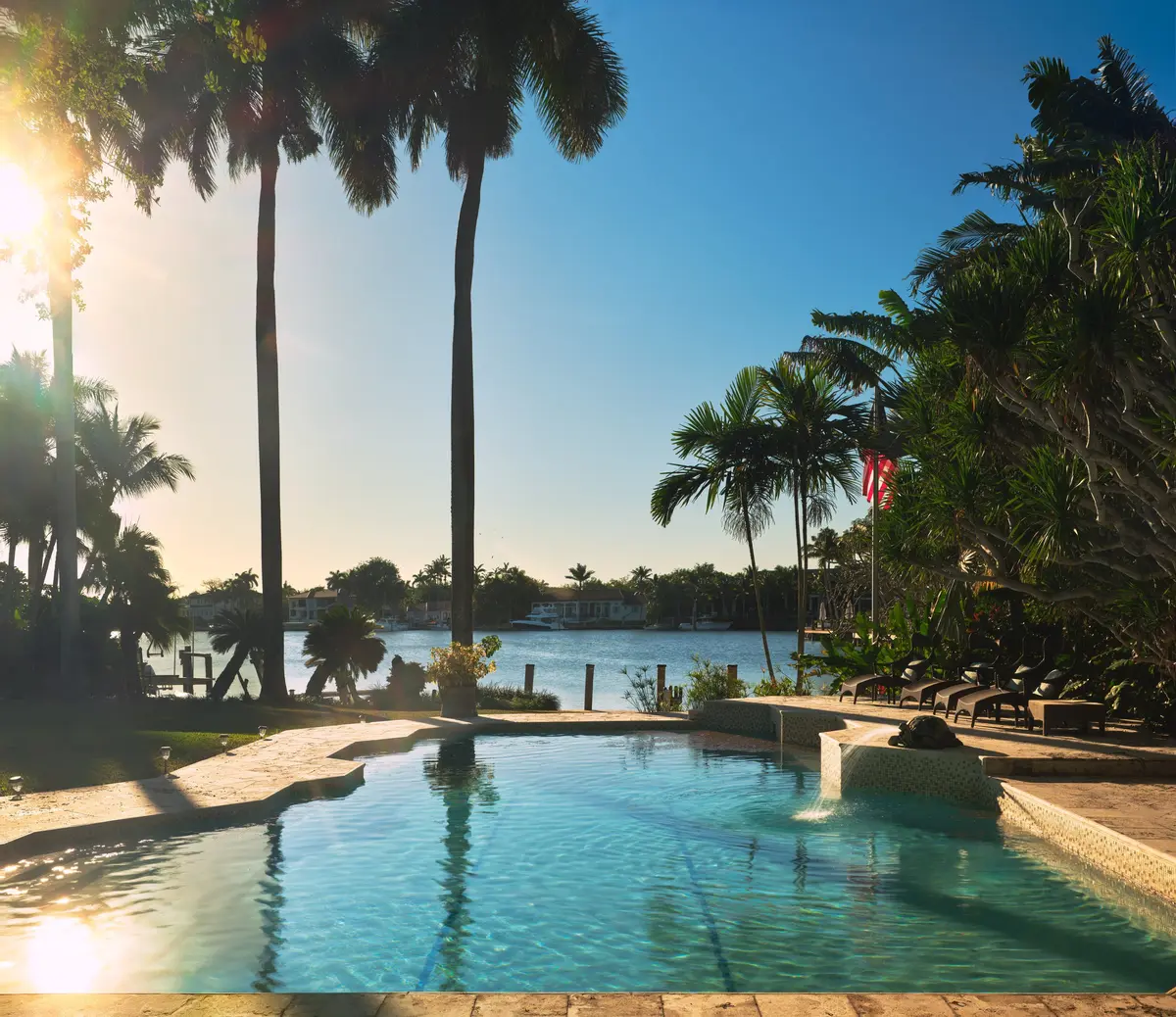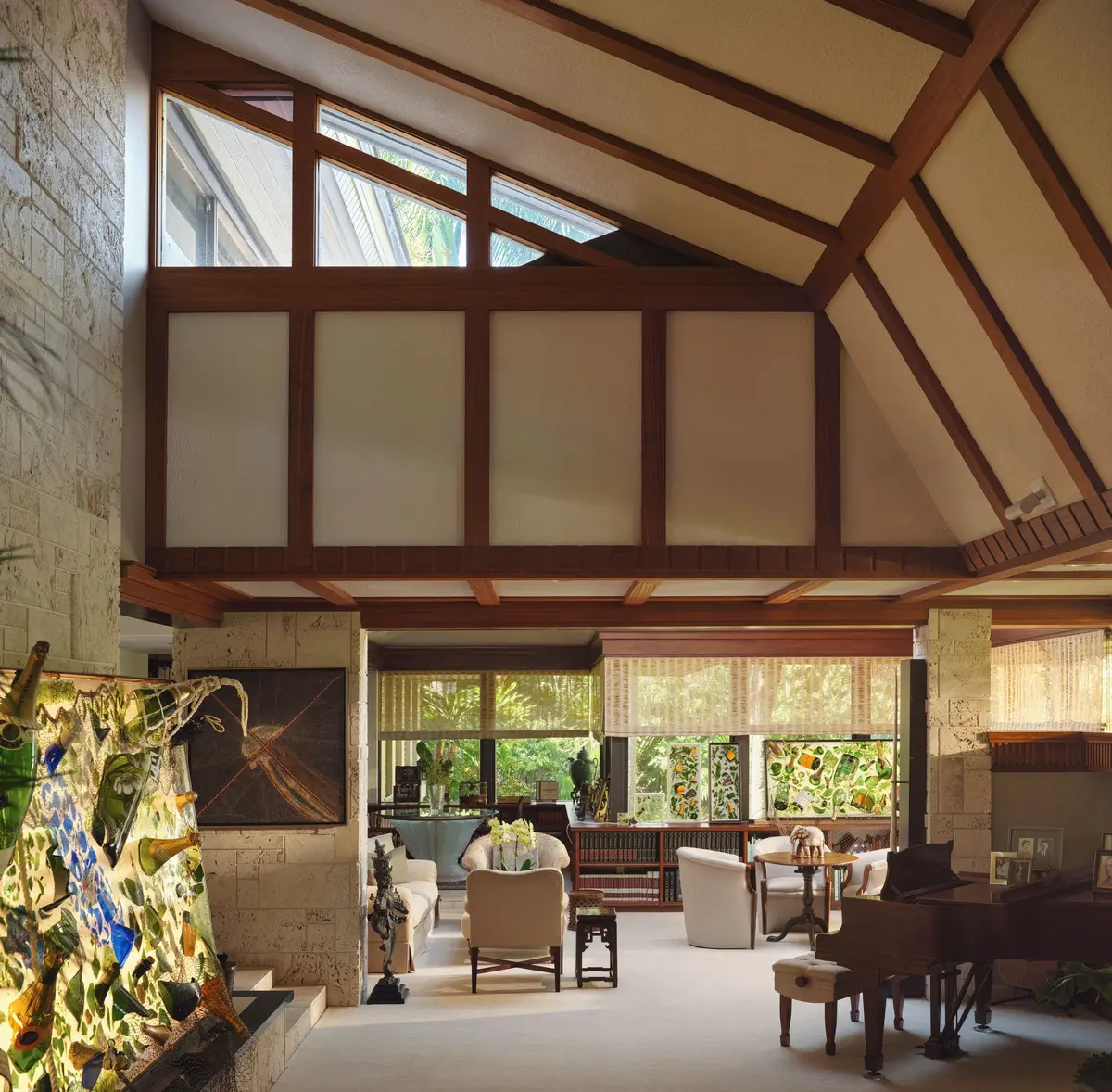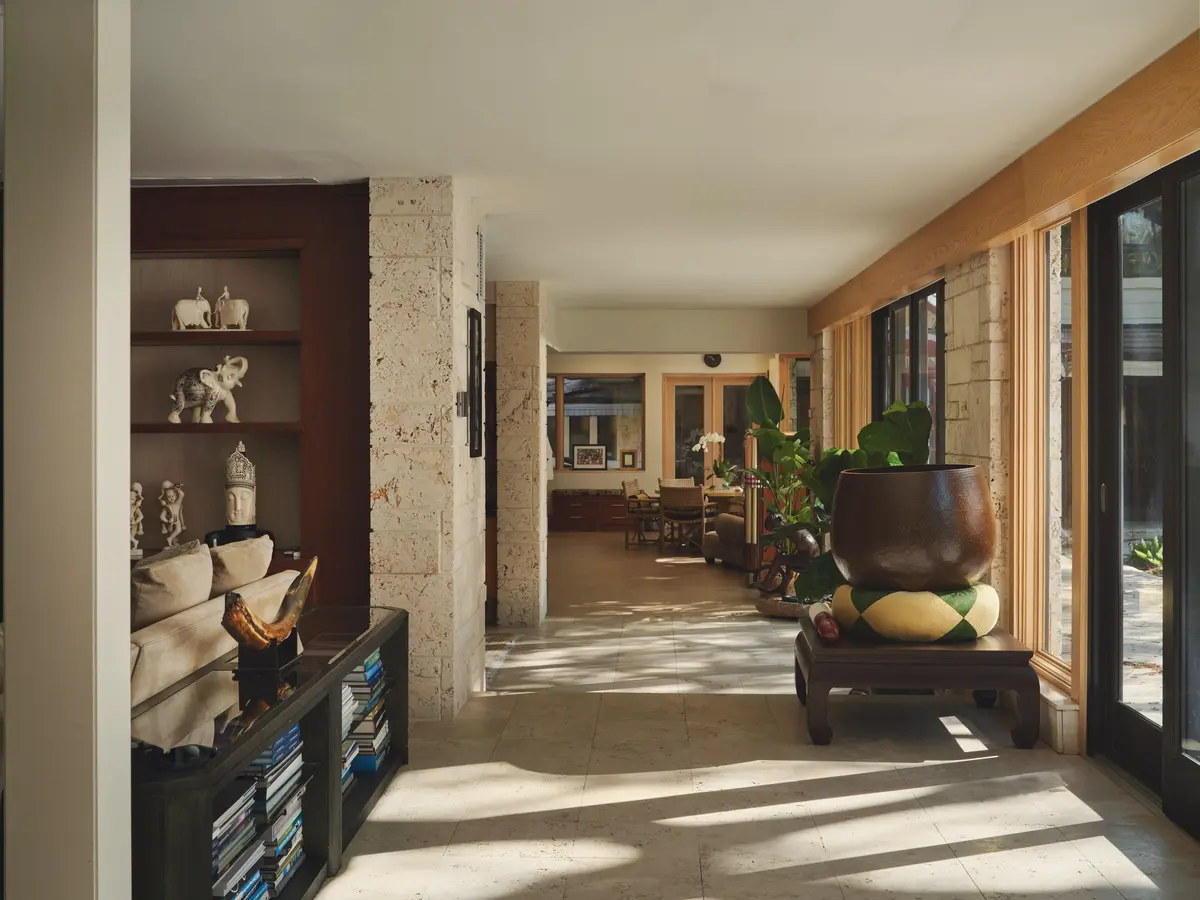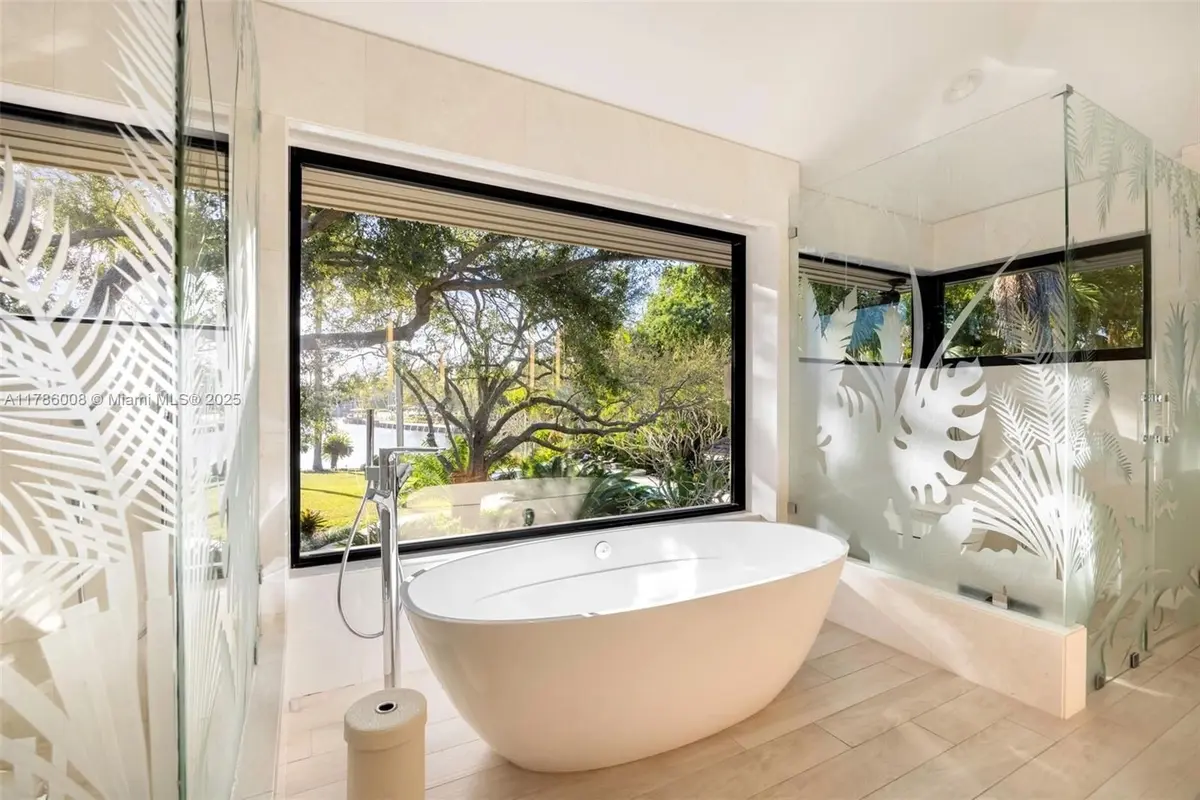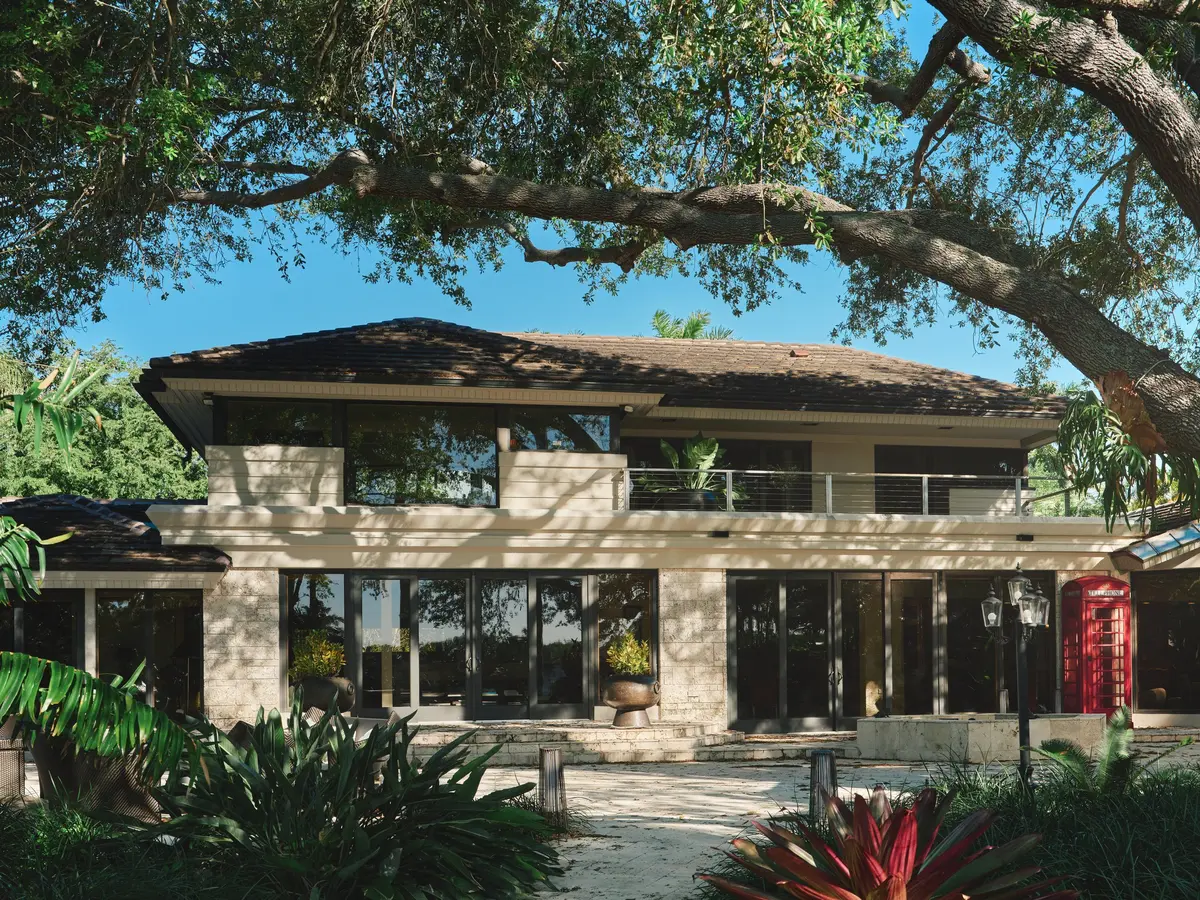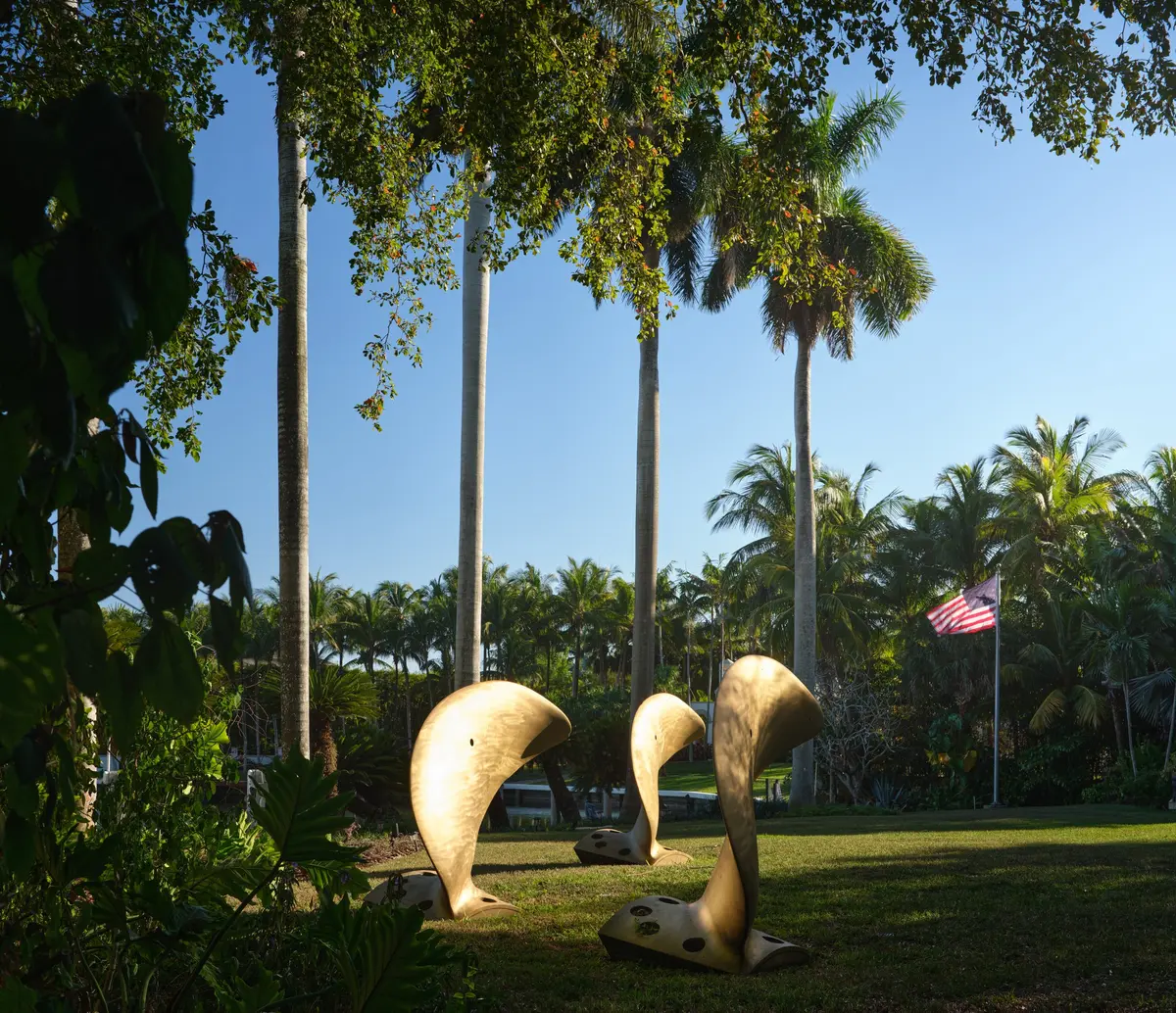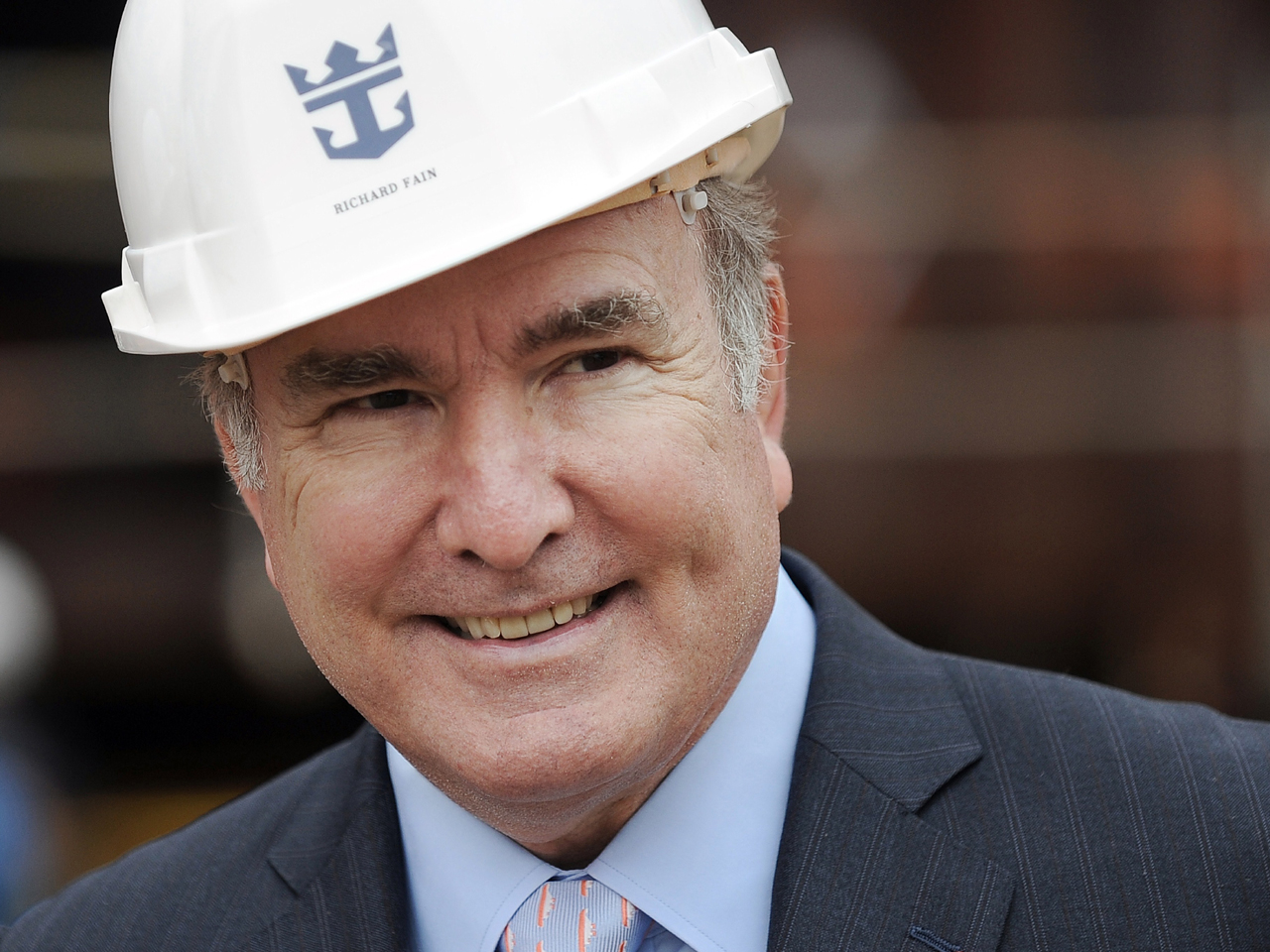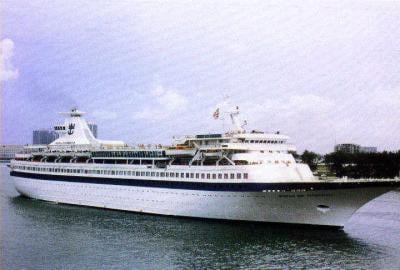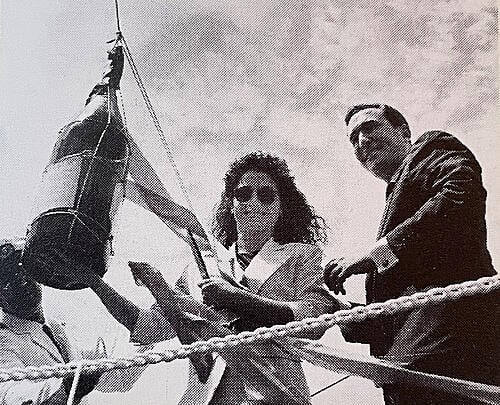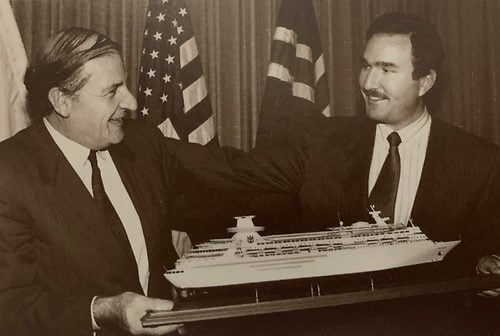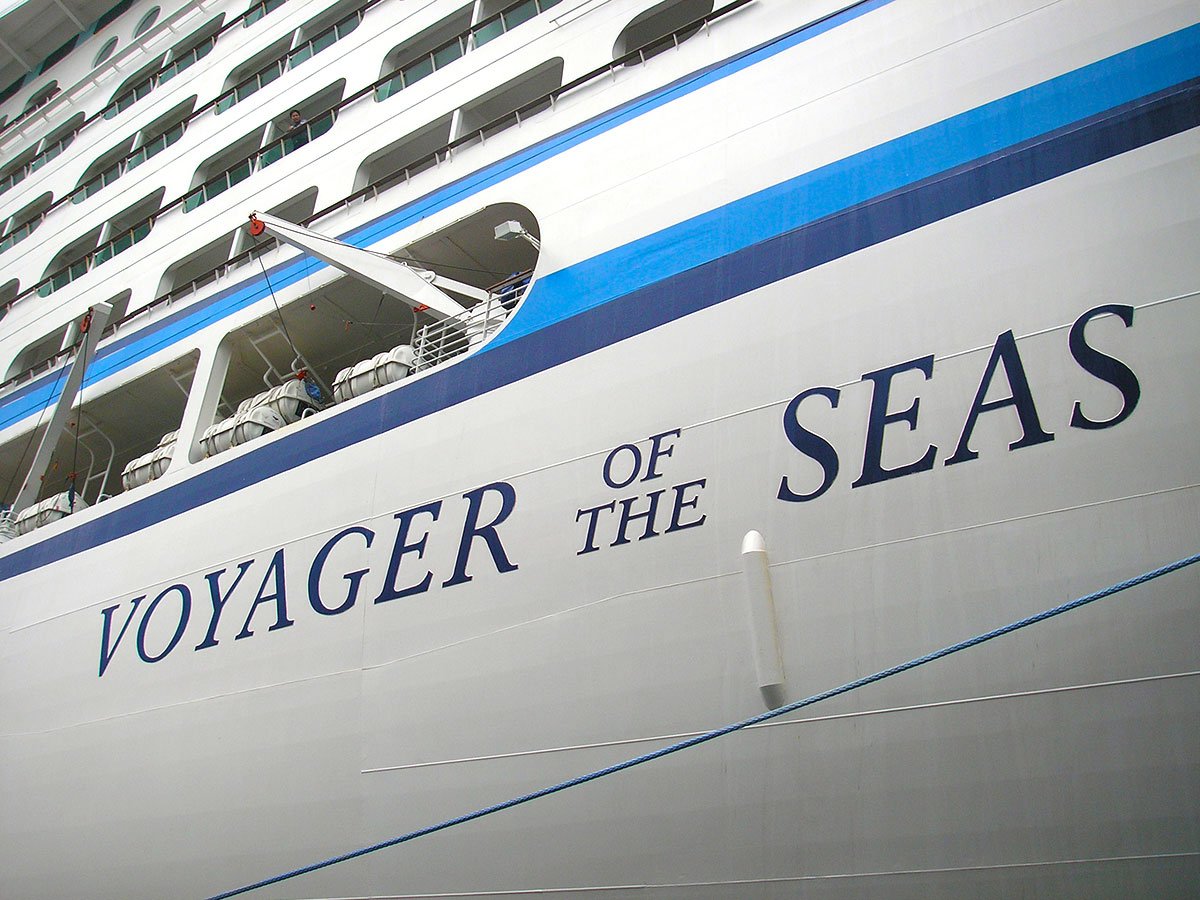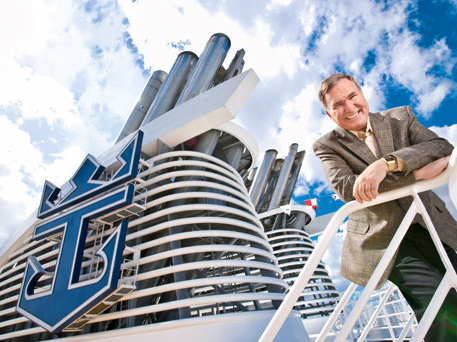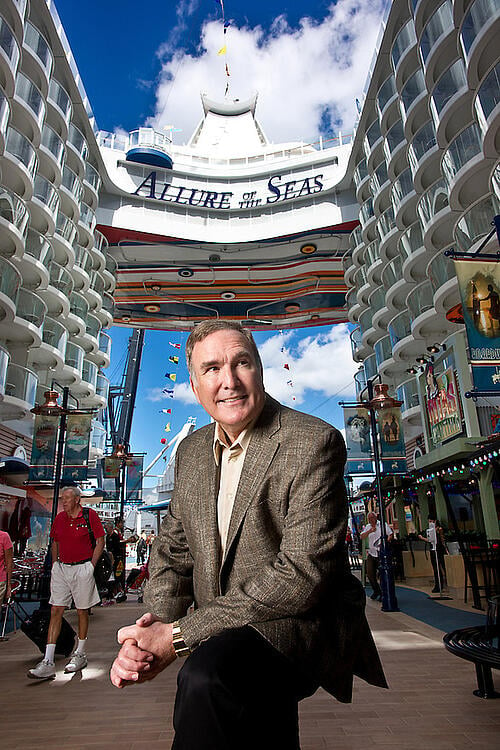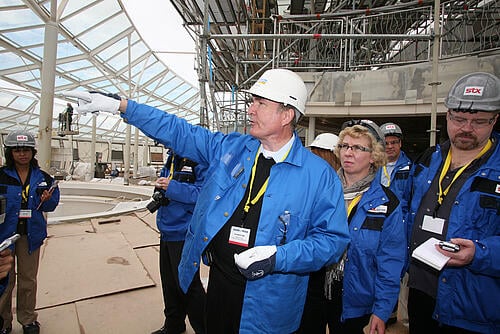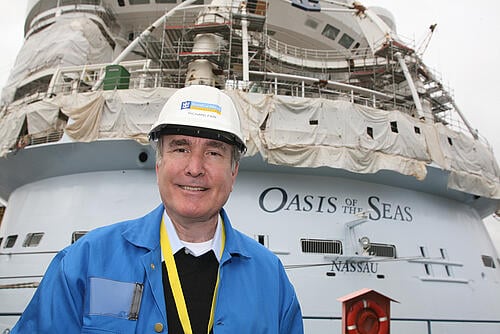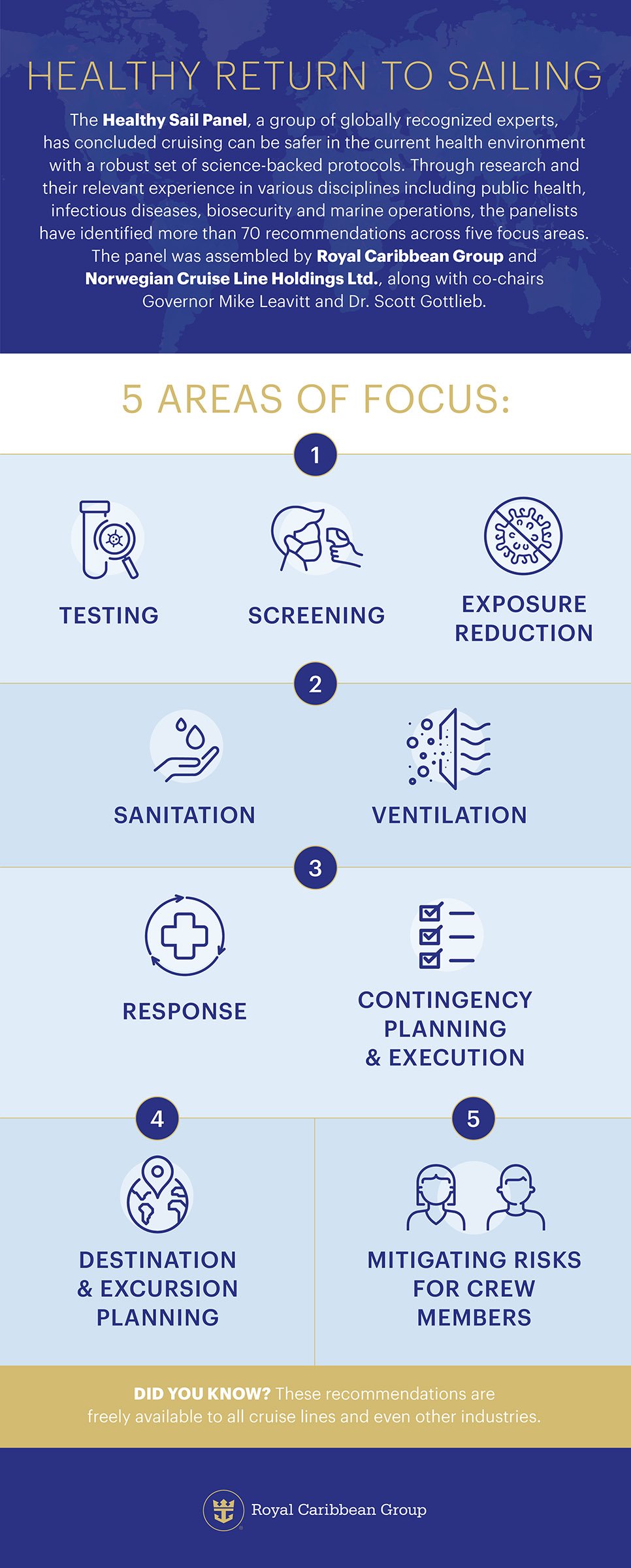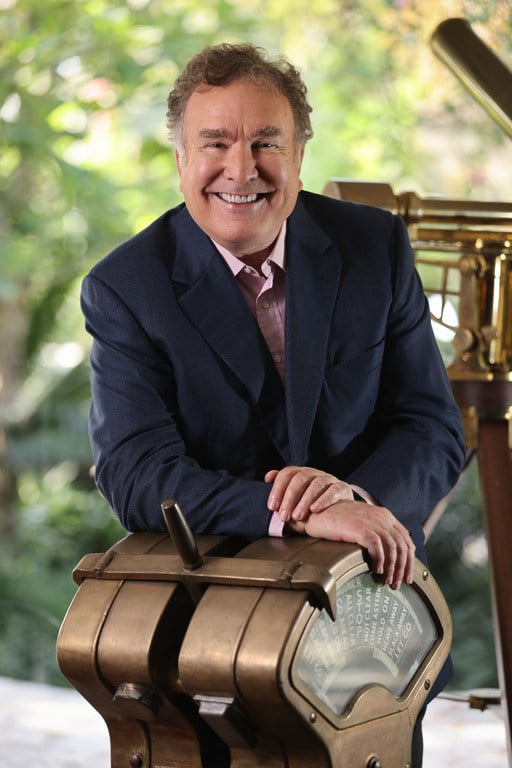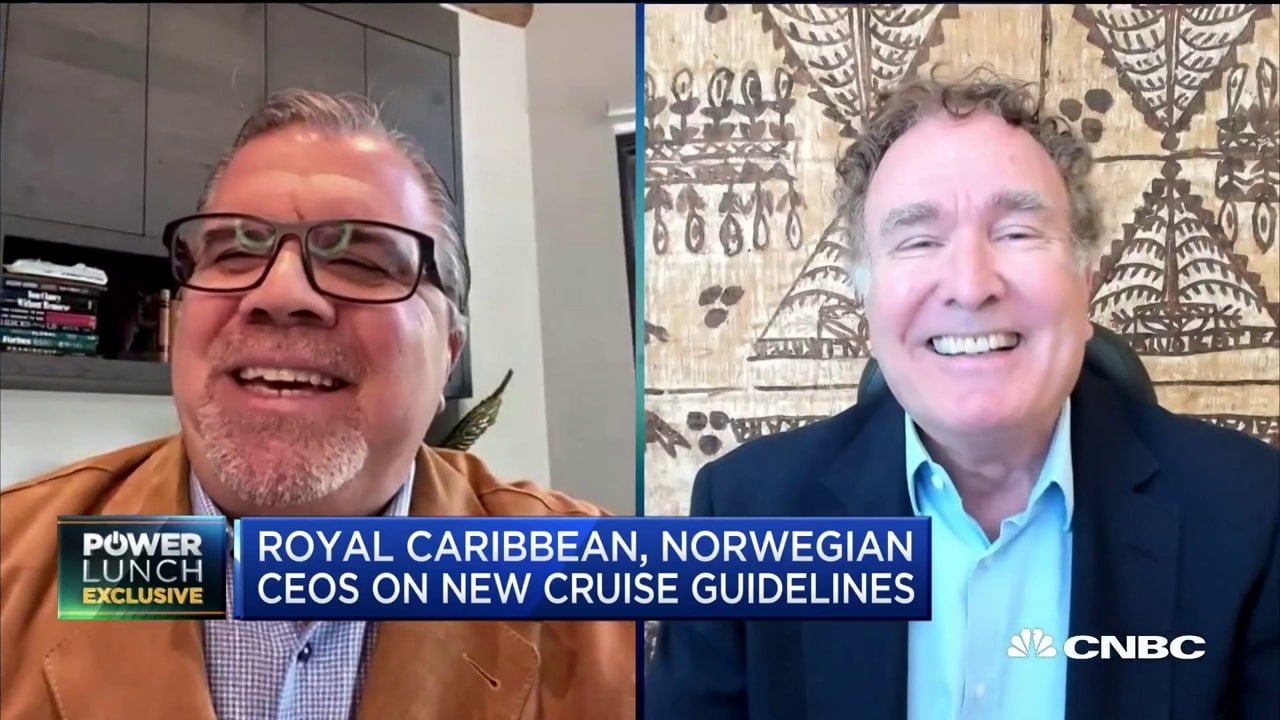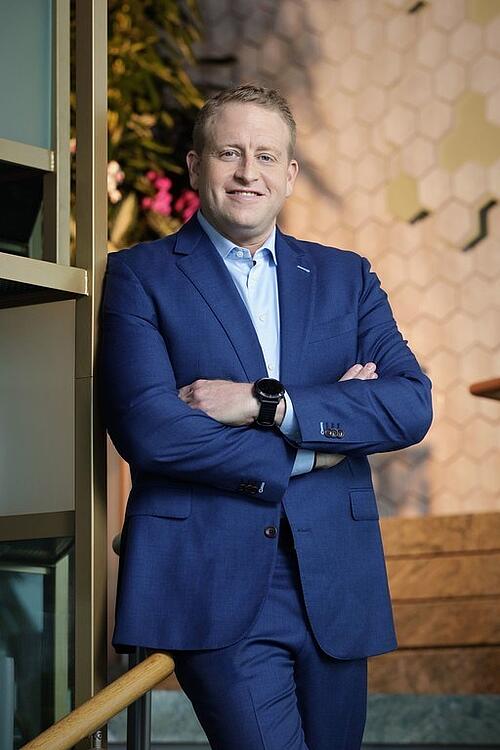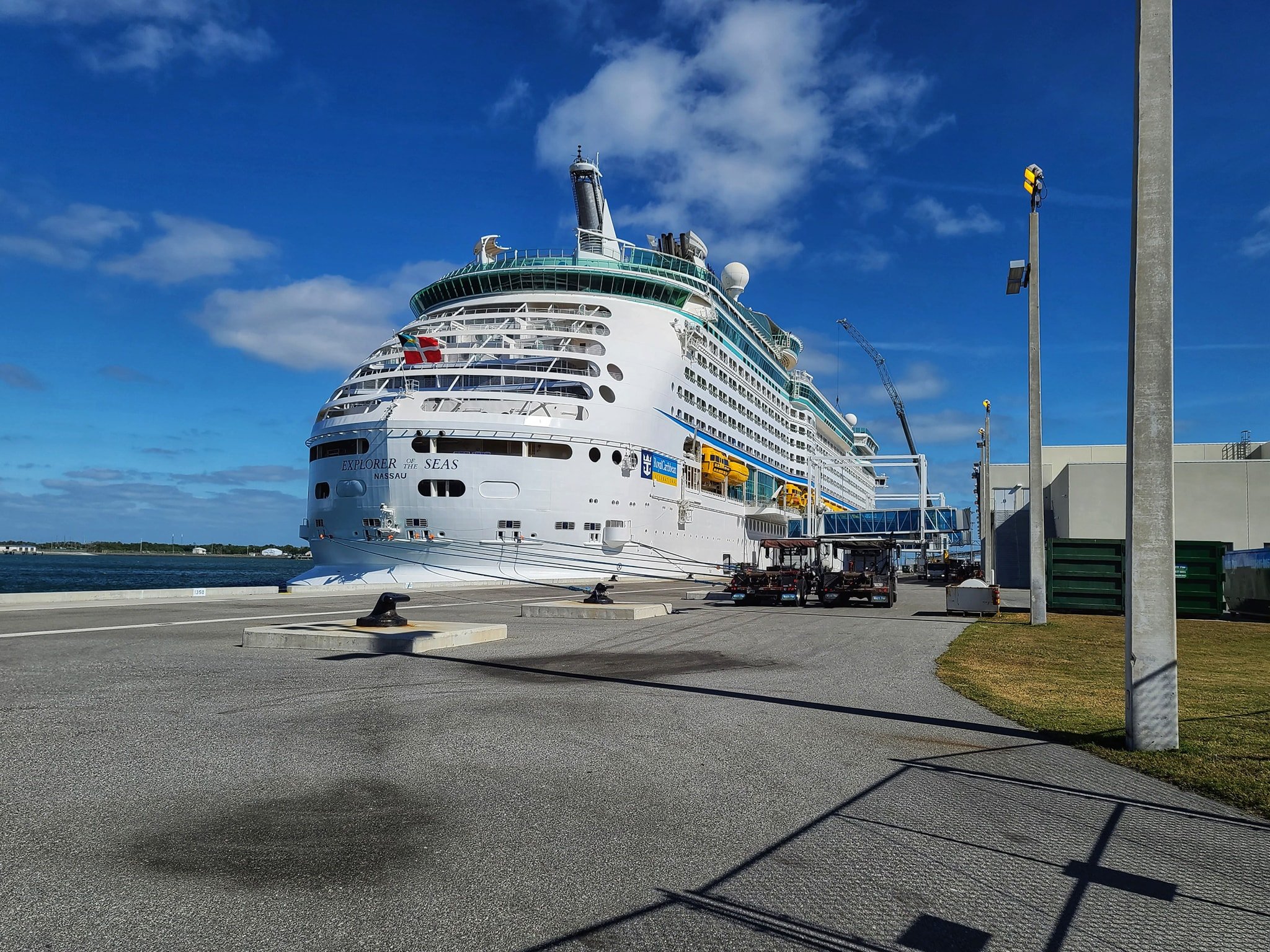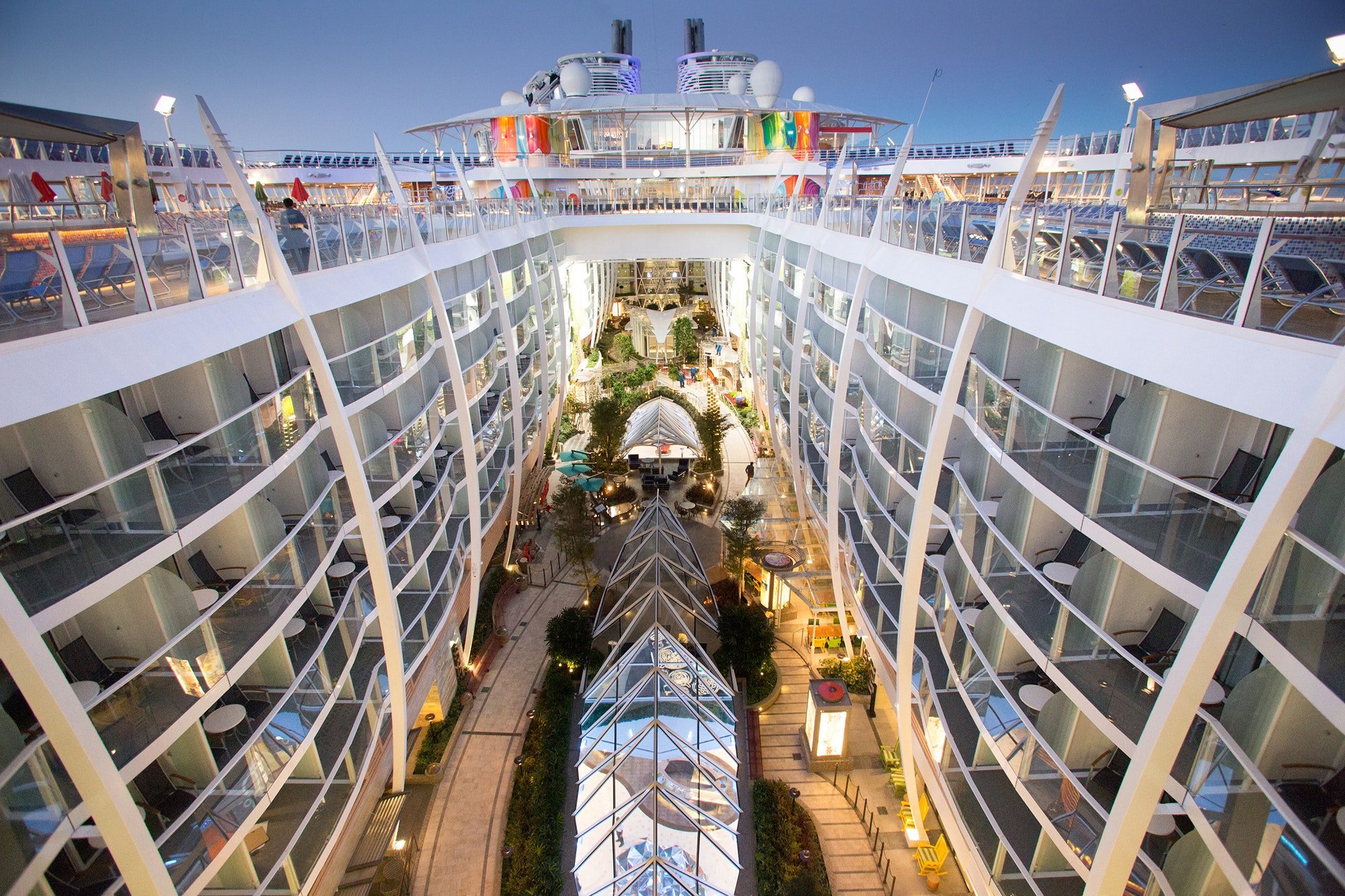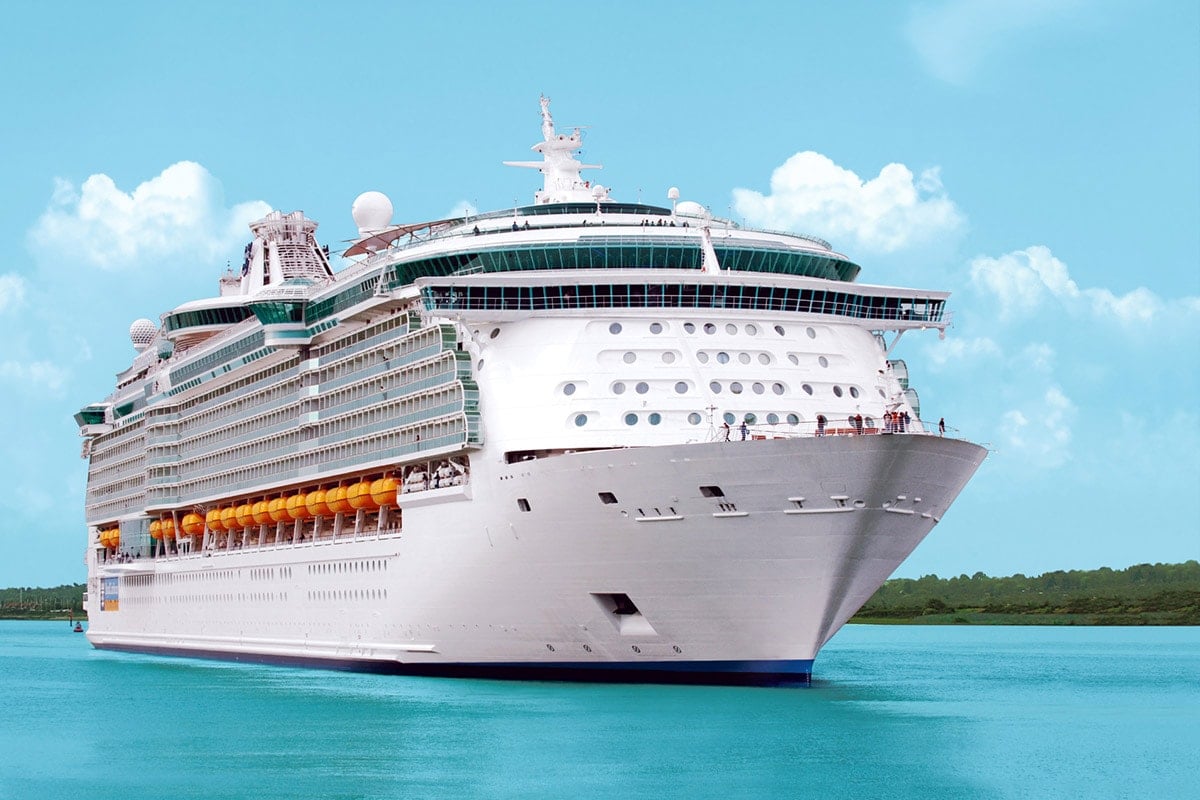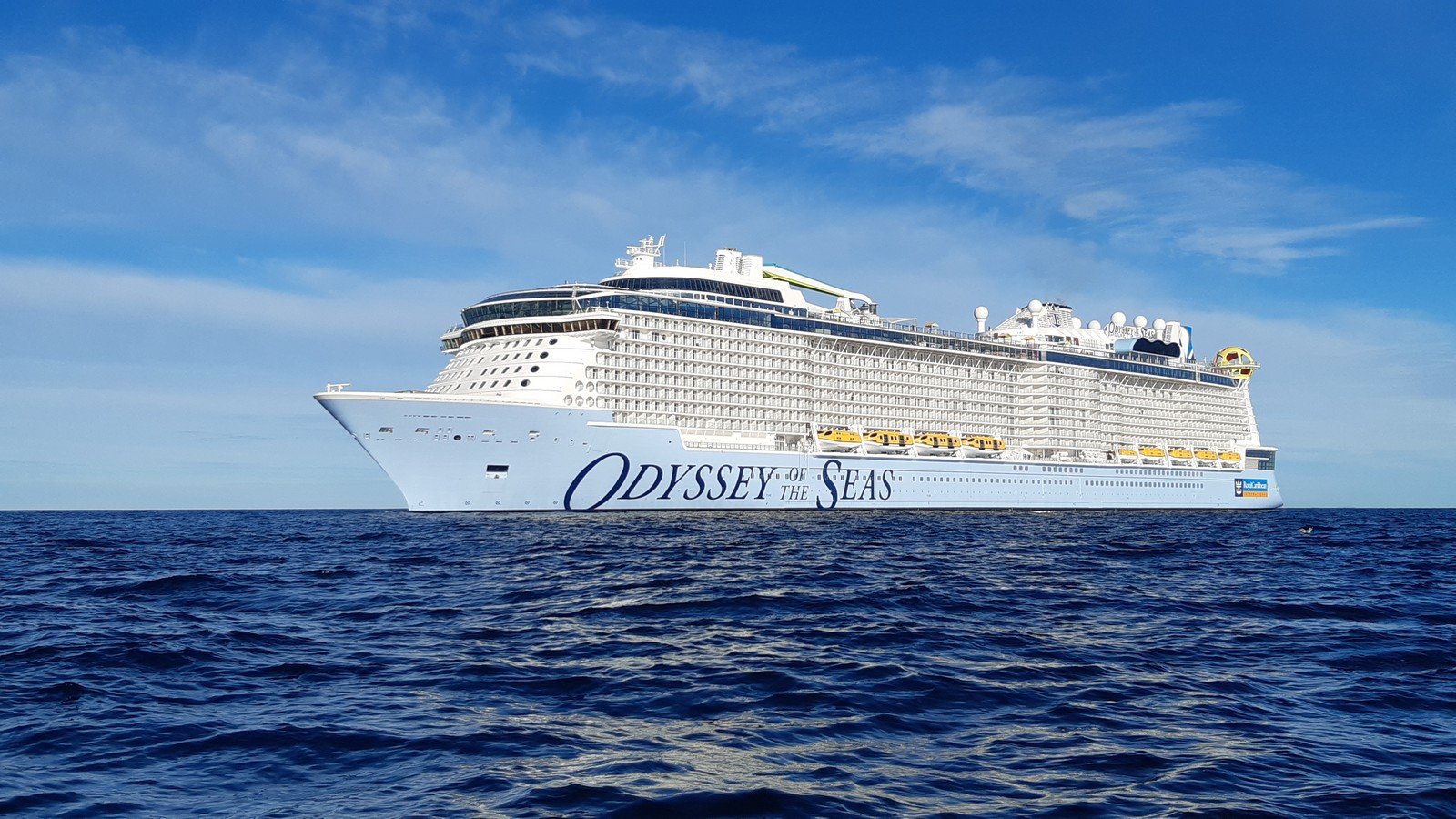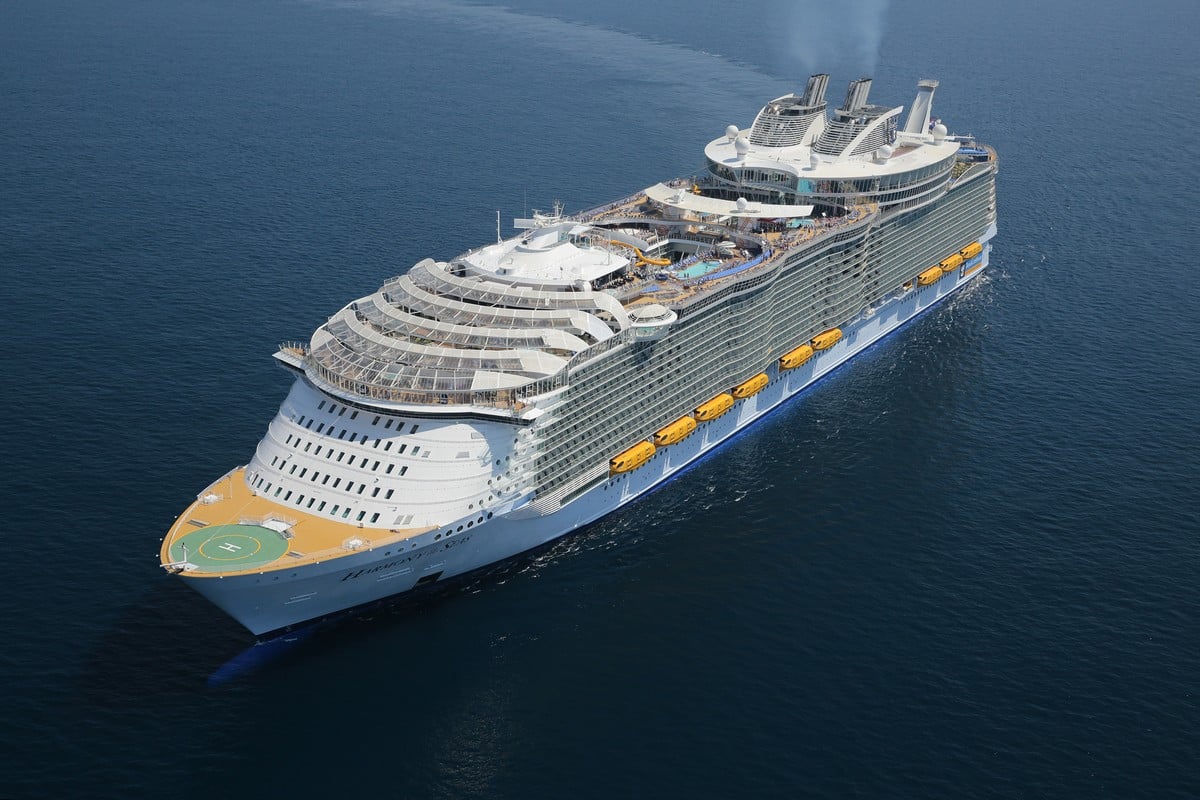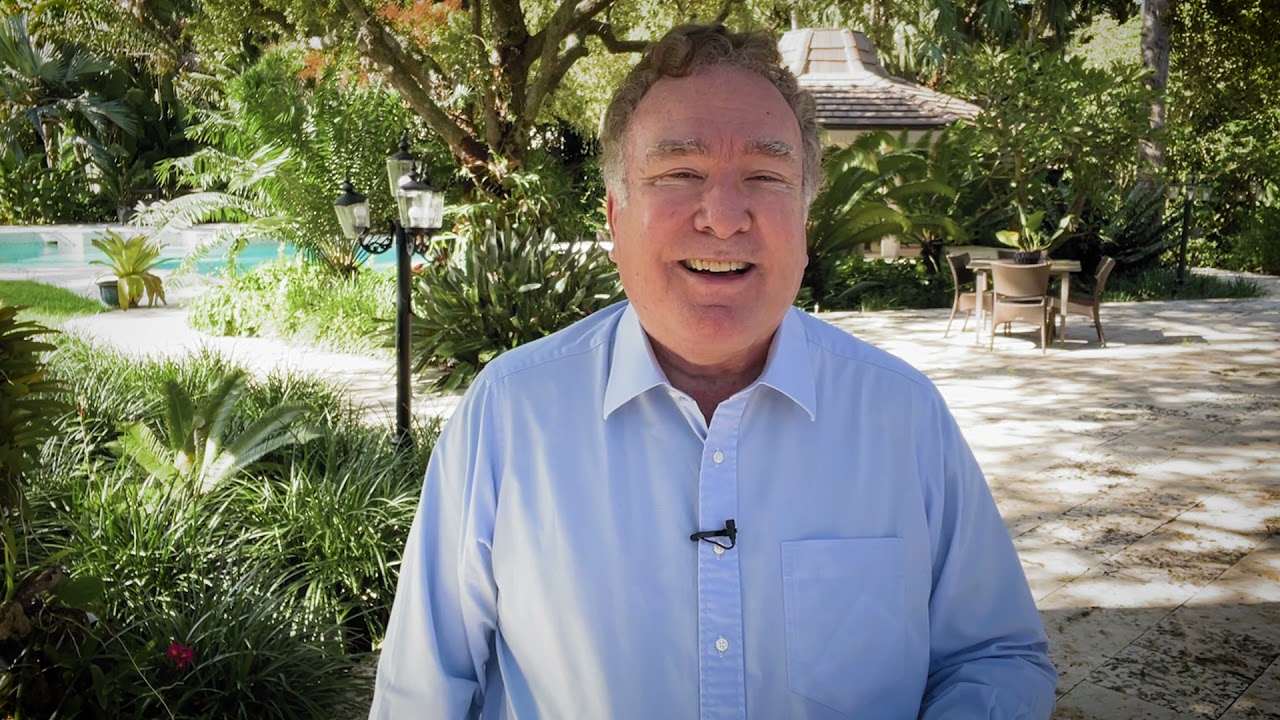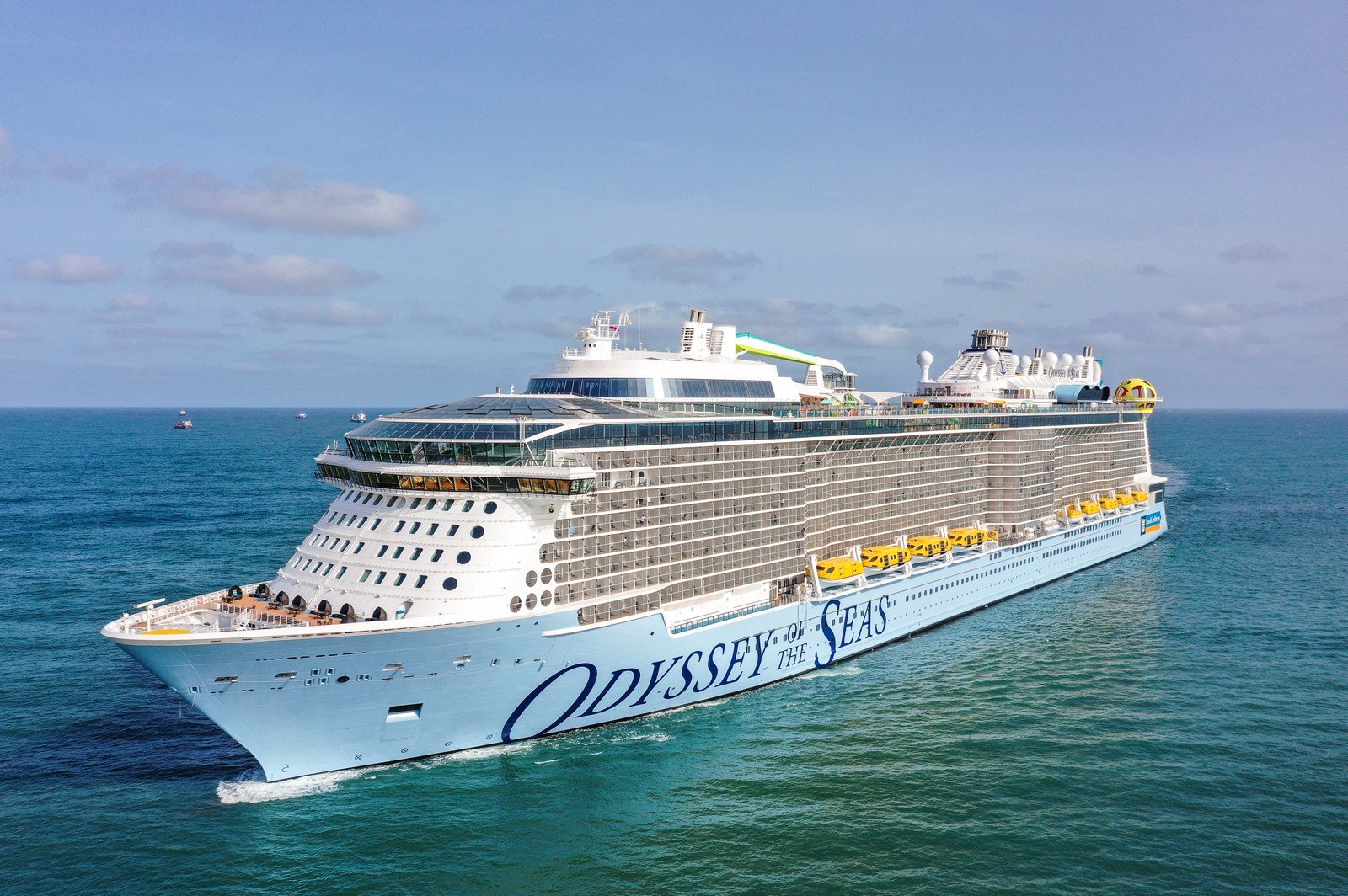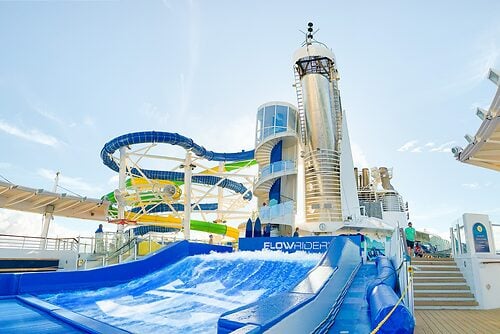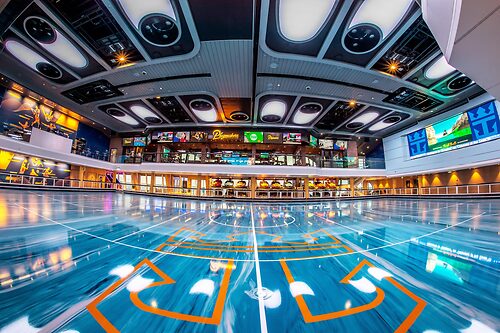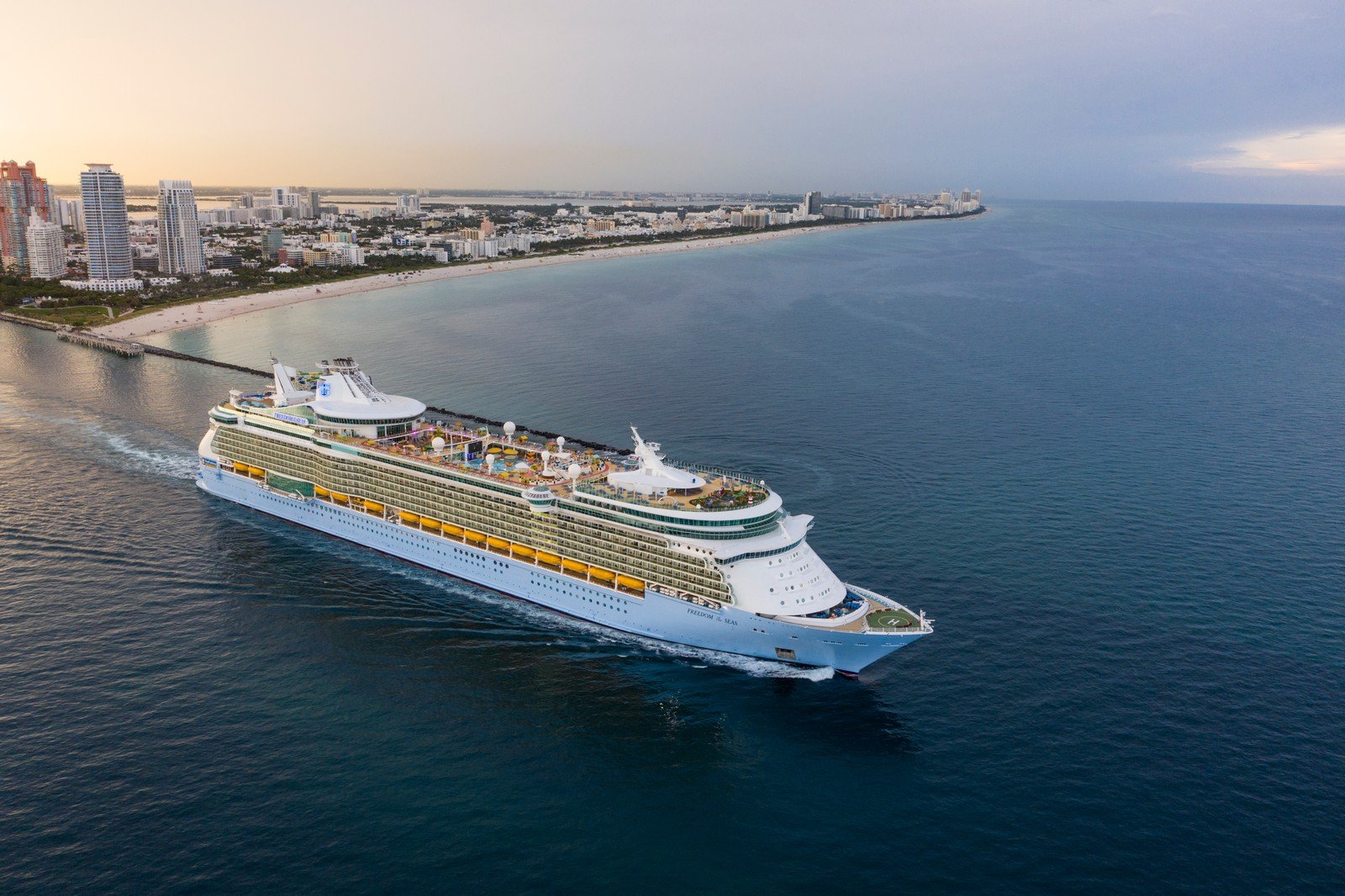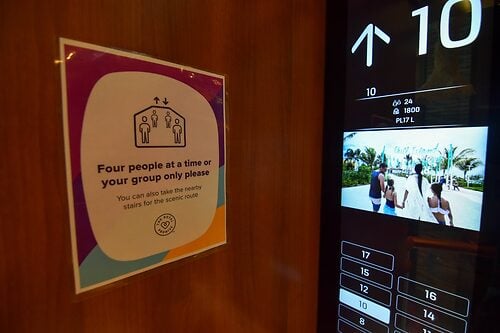Royal Caribbean Group hits 3 major cruise milestones, and it proves its chairman's important lesson
In:Royal Caribbean hit a triple ship construction milestone across two brands in the same day, and it exemplifies the vision its chairman laid out more than 30 years ago.
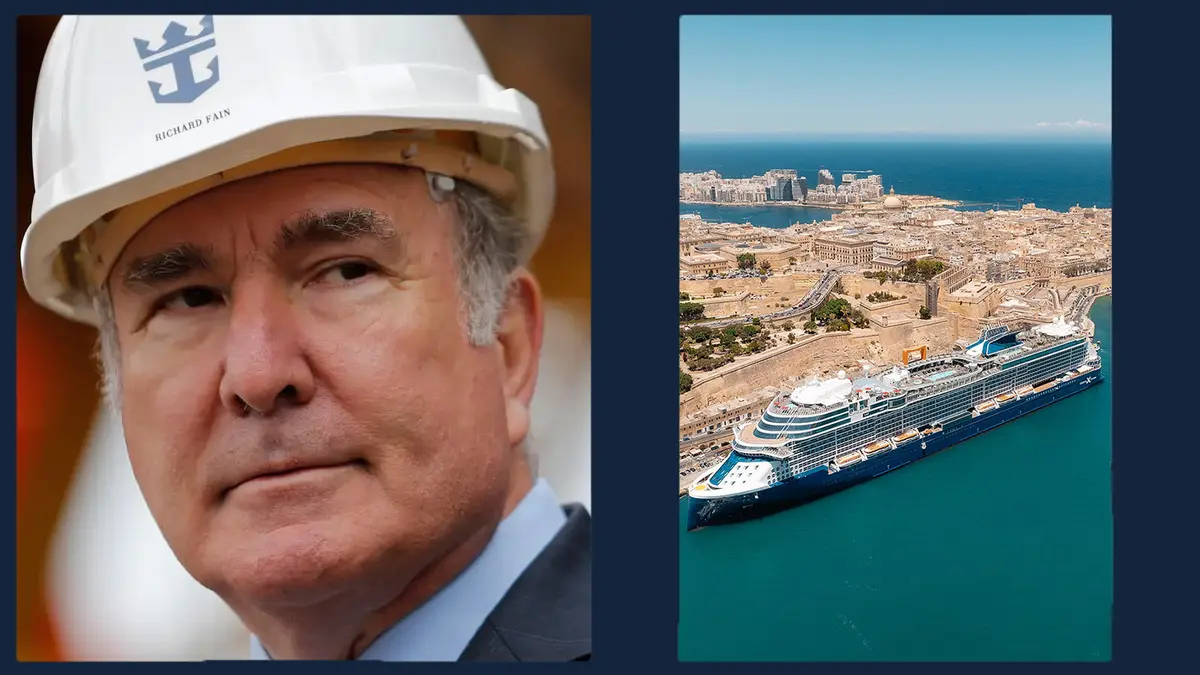
In Saint-Nazaire, France, Royal Caribbean Group is celebrating three major milestones: the delivery of its newest cruise ship and the steel-cutting ceremonies for two additional vessels.
First, Celebrity Cruises has taken delivery of its latest Edge class ship, Celebrity Xcel. This is the latest Edge Class ship, which has evolved with each new ship.
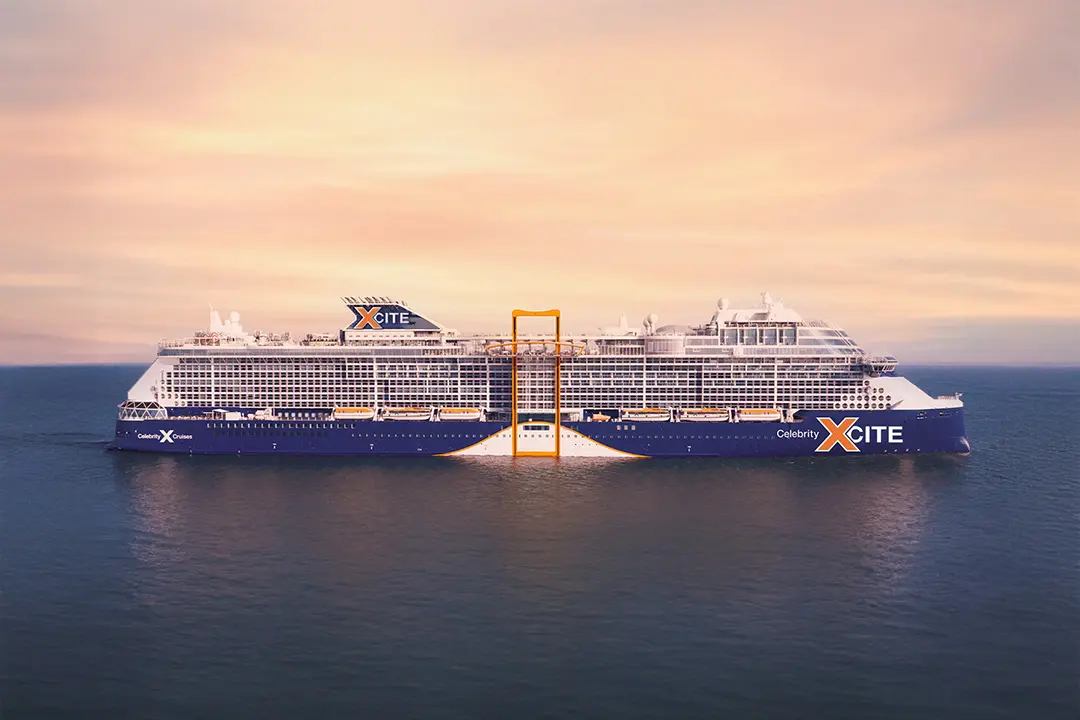
However, the celebrations don’t stop there. Royal Caribbean Group also announced that Celebrity’s fleet will be growing. The next Edge class ship, named Celebrity Xcite, had steel cutting ceremony today in Saint-Nazaire, France. Xcite will be delivered in 2028.
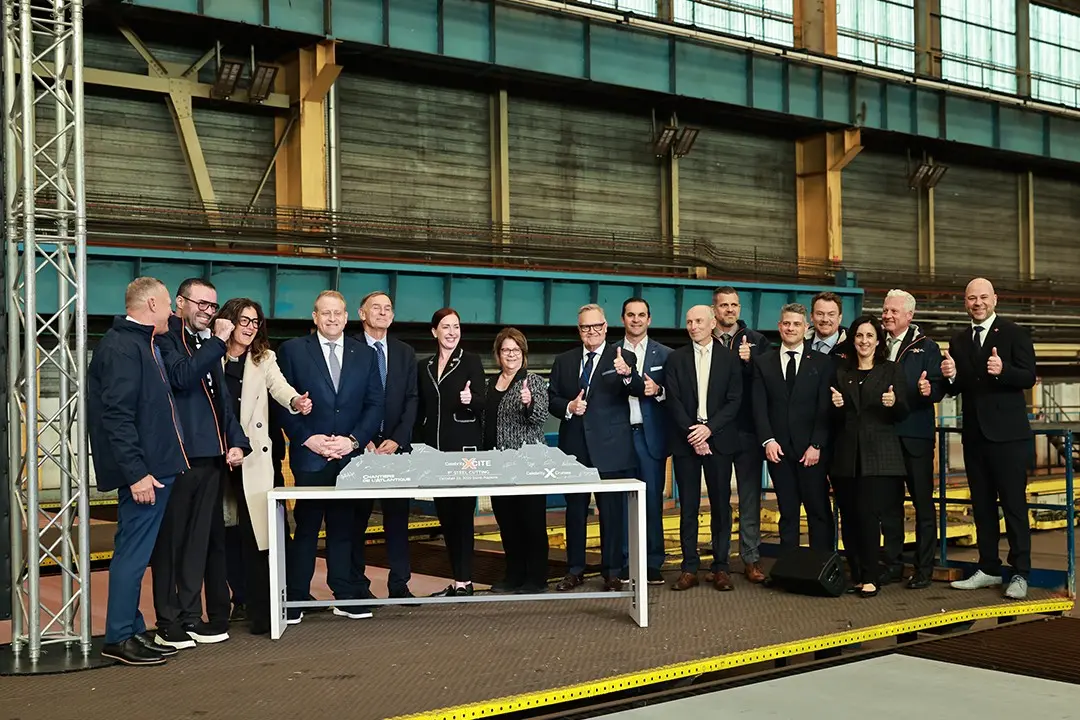
A steel-cutting ceremony marks the formal start of construction on a new cruise ship, symbolizing the moment when the first piece of steel is cut in the shipyard.
Executives from Royal Caribbean Group and Celebrity Cruises were in attendance, including Royal Caribbean Group CEO Jason Liberty and Celebrity Cruises President Laura Hodges Bethge.
Celebrity Xcite will be the sixth Edge series cruise ship to join Celebrity’s fleet.
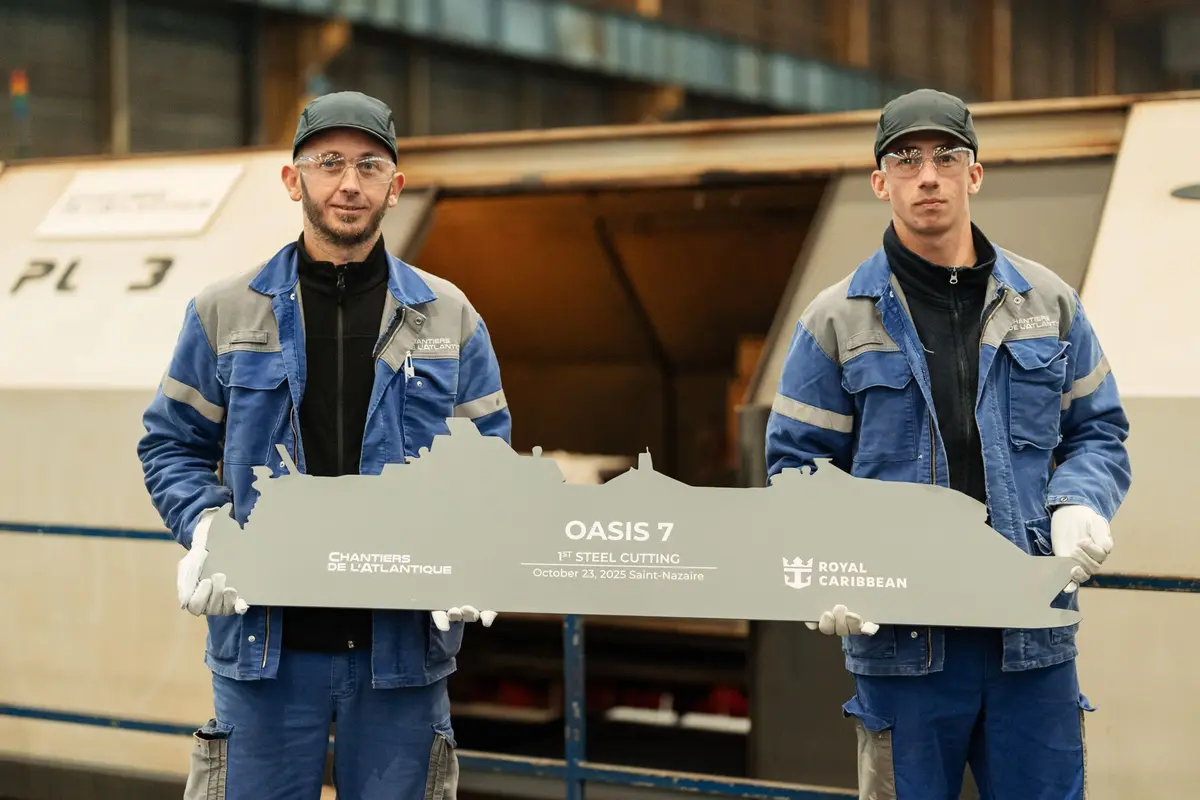
Finally, there was also a steel cutting ceremony that took place in the same shipyard for the unnamed seventh Oasis class cruise ship.
Royal Caribbean’s Oasis class ships have transformed the cruise industry and redefined what's possible on a cruise ship. These are some of the world’s biggest cruise ships with their record-breaking size, groundbreaking design, and unmatched variety of experiences onboard.
A vision for the future
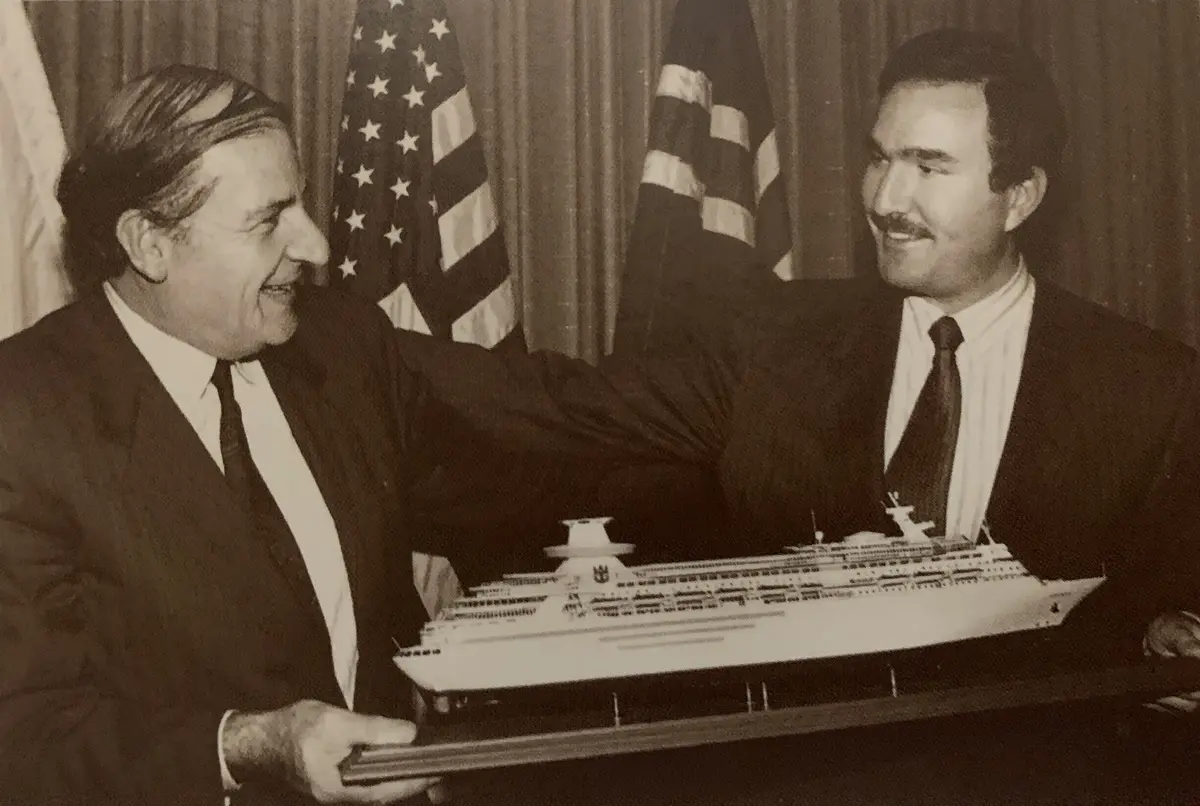
These three milestones come during the same week as the launch of Richard Fain’s new book, Delivering the Wow.
Although Fain is the chairman and former CEO of Royal Caribbean Group, he’s also the mastermind behind the cruise line’s explosive growth over the last three decades. Fain’s time at Royal Caribbean has shaped the cruise line into a powerhouse focused on bold innovation, architectural ambition, strong culture, and delivering the wow-factor for guests.
The timing of these milestones is a fitting tribute for Royal Caribbean’s visionary leader who shaped Royal Caribbean’s modern era. His influence can be seen across every ship class in Royal Caribbean’s fleet, from the original megaship, Sovereign of the Seas, to the record-breaking Icon class ships. Each class reflects Fain’s future-focused designs and trailblazing initiatives.
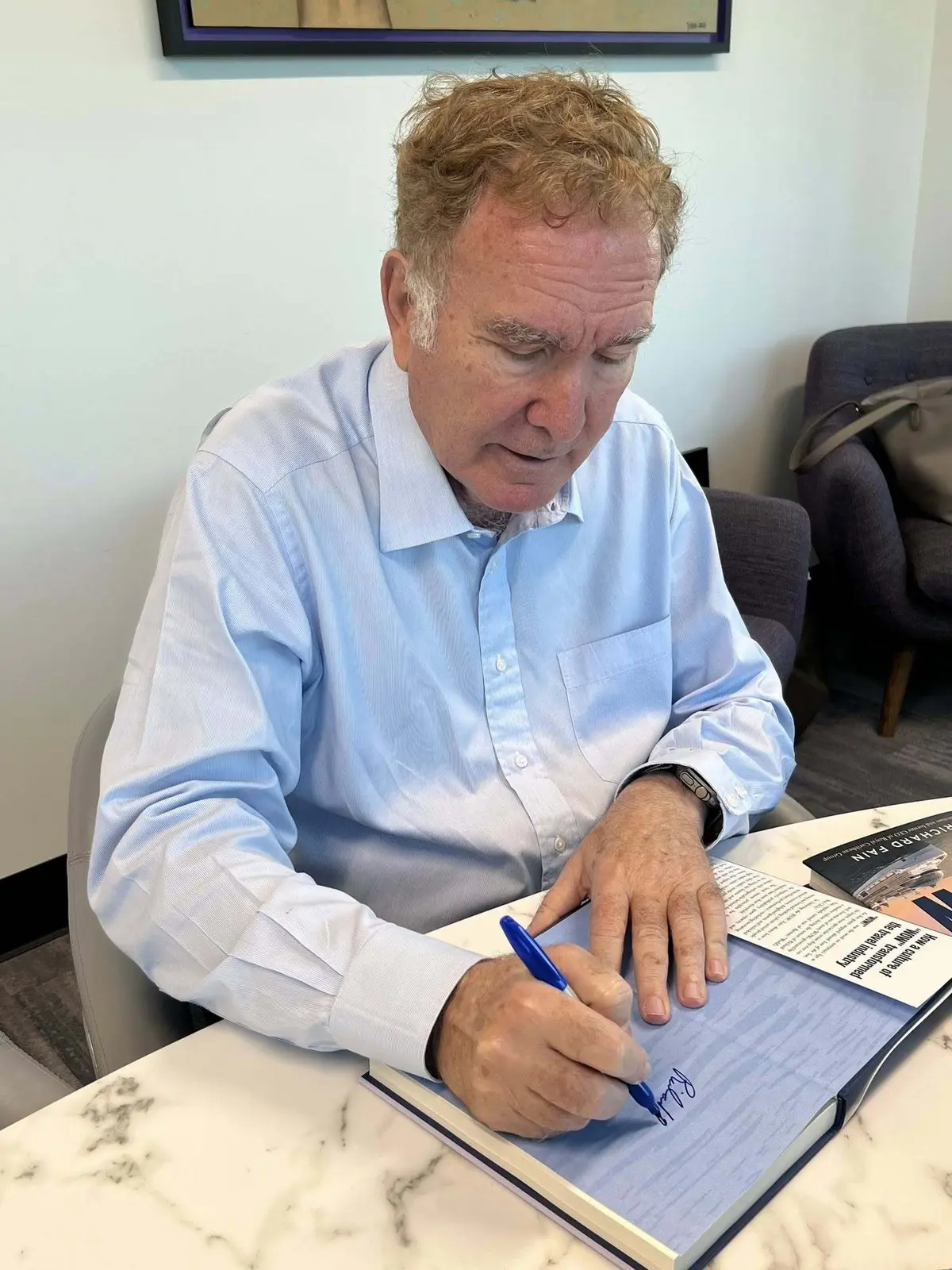
In fact, looking at the ships that had milestones, we can see Mr. Fain's important lessons. Oasis 7 is the next in a megaship class that has evolved to continue pushing boundaries, While the Xcel Class ships are next in Celebrity's move to redefine premium travel.
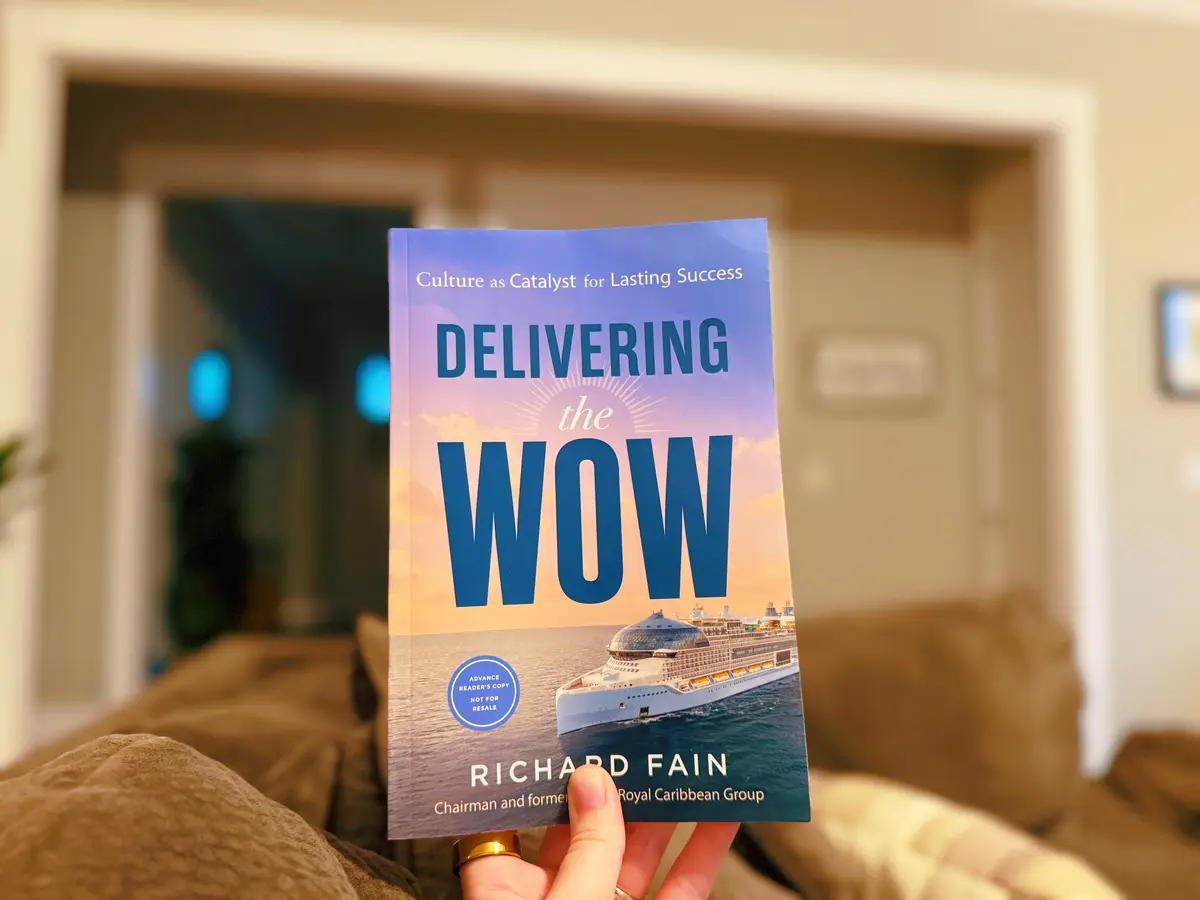
In his book, Fain writes, “What makes a project successful isn’t just the grand design features. It is the way these elements come together to deliver an experience that is cohesive, intentional, and connected to your vision.”
That is certainly true today. With three brand-new vessels across two cruise brands, Fain maintains the belief that when you give people what they want, they’ll return time and again.

That philosophy was at the forefront of Fain’s business strategy for Royal Caribbean, and his leadership helped reshape the cruise industry. As current Royal Caribbean International CEO Michael Bayley recently reflected on LinkedIn:
"Richard Fain… where do you even begin? Brilliant, driven, and almost always right, which could be quite annoying, to be honest. As former CEO and Chairman of the Board of Royal Caribbean Group, Richard dreamed up ideas that sounded completely crazy, and then somehow made them happen. Richard’s bold vision literally transformed the industry.”
Transforming Royal Caribbean over 30 years
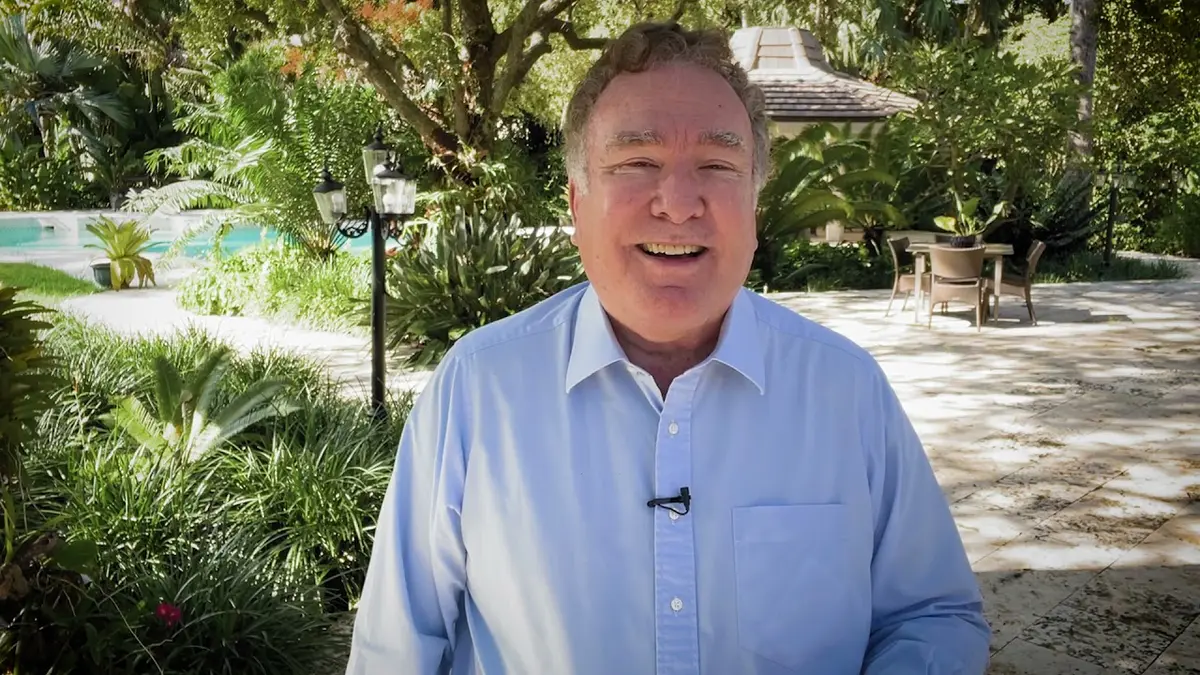
During his time as Royal Caribbean Group’s CEO, Fain propelled the cruise line from a small fleet of vessels to a world-leading cruise brand. As one of the most successful cruise lines in the industry, Fain shared many of his honest thoughts and transformative experiences in his new book.
In Delivering the WOW, Fain explains, “When the goal is to build something truly iconic, the real breakthrough often comes not from doing more, but from doing it differently.”
Fain illustrates this business strategy while discussing The Pearl on Royal Caribbean’s Icon class ships. The engineering marvel is not only structurally necessary for the vessel, but also aesthetically pleasing aboard the world's largest cruise ships.
“By making the Pearl support the structure, we had a double win — a clever, aesthetically pleasing solution to a complex technical challenge. I particularly liked the fact that it feels natural in the space; not something added but something that feels like it was always meant to be,” writes Fain.
In conclusion, Fain shares, “The Pearl wasn’t just a structure solution; it was a symbol of what’s possible when you refuse to settle.”
Success continues to breed more success

Whether it’s stepping aboard Oasis of the Seas for the first time or unveiling a more intimate, immersive theater on Celebrity Apex, Fain explains how these awe-inspiring moments have been key to Royal Caribbean’s continued success.
In his book, the former CEO states, “Success in one effort often leads to a cascade of further successes. Alignment and continuous improvement often chain successes one to the next.”
For example, Fain recalls the jaw-dropping moment that crew members boarded Oasis of the Seas for the first time. Because almost every crew member had already worked on other Royal Caribbean ships, the employees recognized the immediate difference with the Oasis class ships.
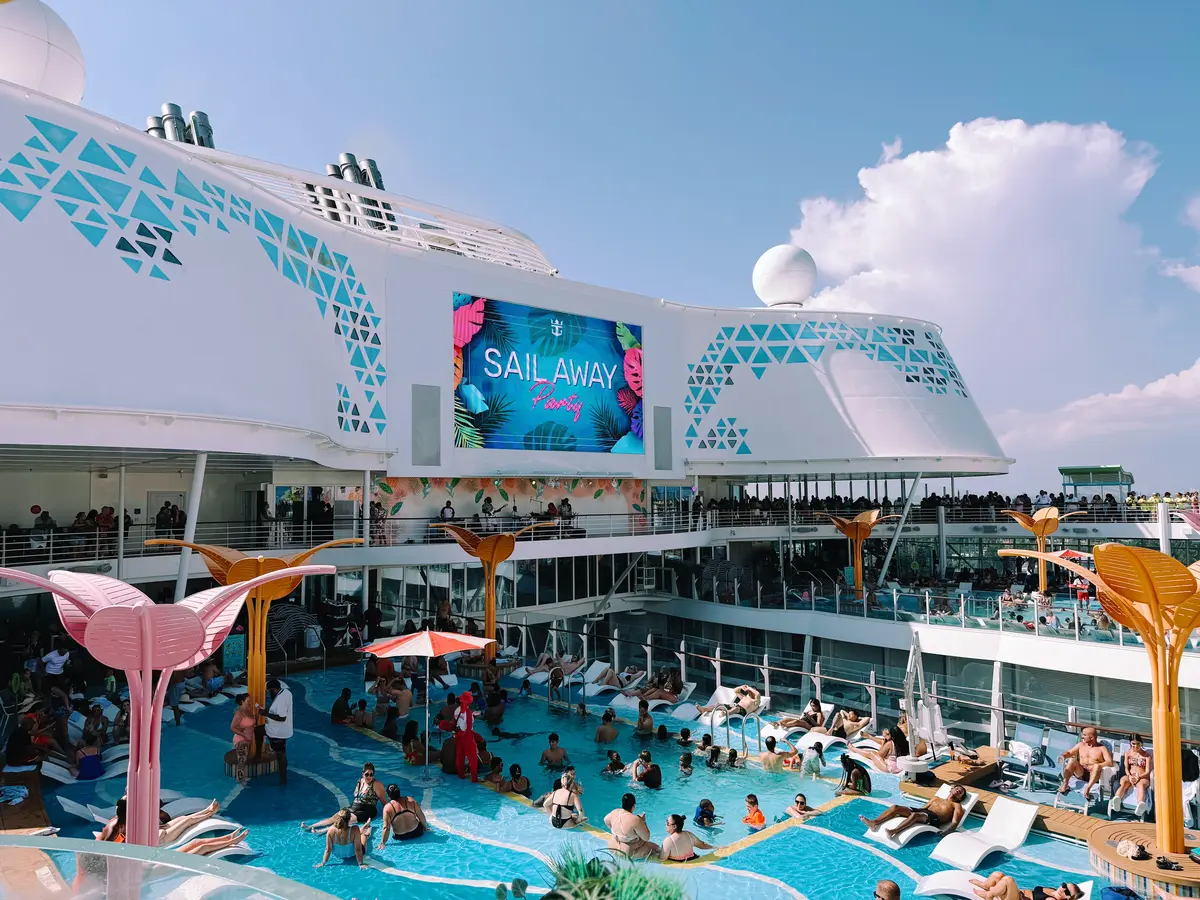
“You could see that each one stood a little taller. I have no doubt that pride they felt from contributing to such an innovative ship was infectious and strengthened our position as the employer of choice," shared Fain.
The former CEO also writes about how the redesigned theatre on Celebrity Apex transformed onboard entertainment and drew top creative talent. Instead of replicating a traditional cruise theatre, designers built a flexible, high-tech space with a 270-degree wraparound LED screen and motion-controlled stage.
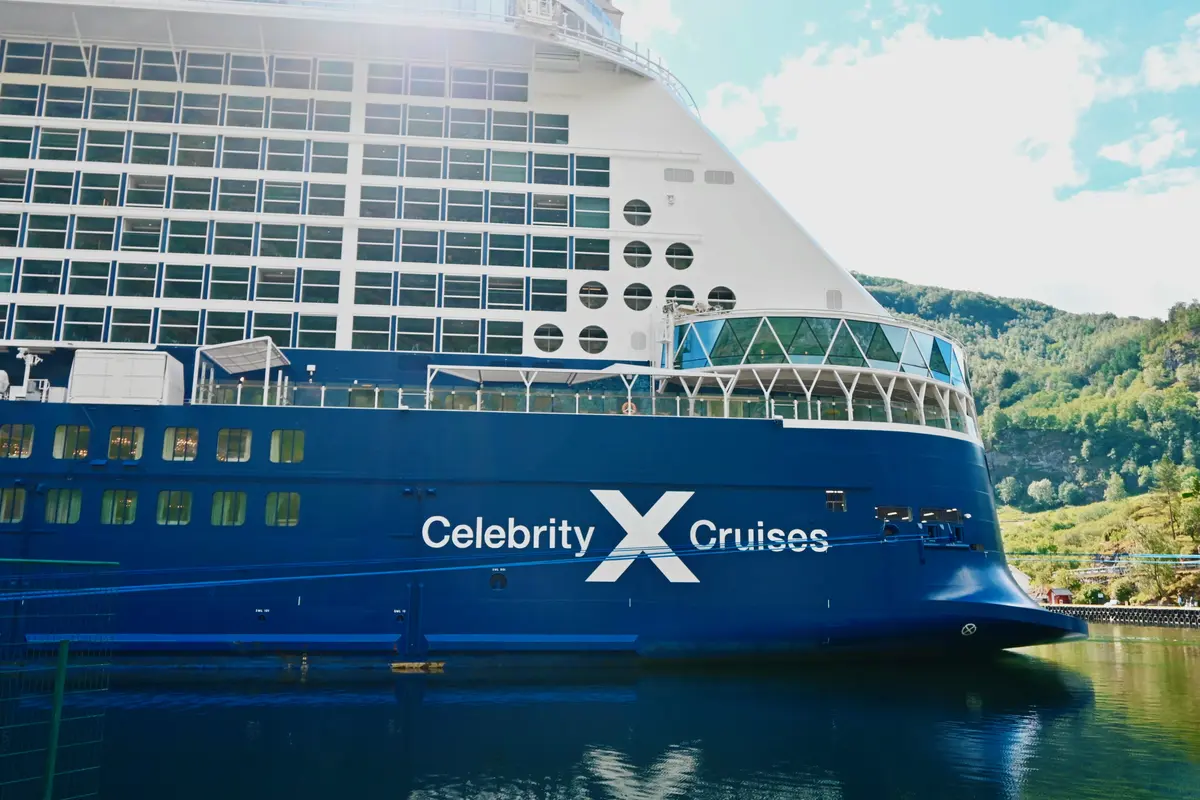
The redesigned theatre felt more like Broadway at sea than a typical production venue on a cruise ship. Fain notes that this innovation didn’t just wow guests, but it also attracted world-class performers and directors eager to work in a space built for creativity. Once again, this was proof of his belief that when you give people what they want, extraordinary results will continue to follow.
Fain wasn’t afraid to take risks and dare to be different
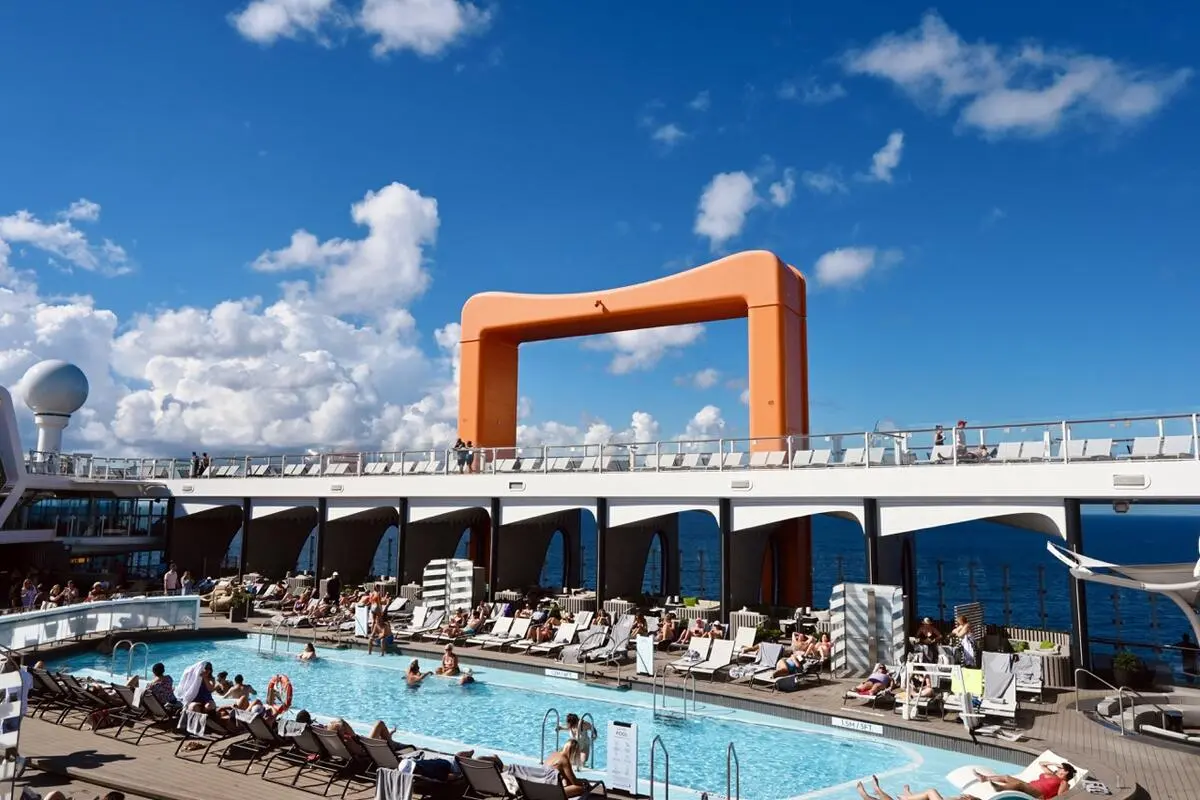
Fain often believed success meant resisting the urge to copy yesterday’s achievements and instead listening to what guests wanted next.
That principle guided ships like Celebrity Edge, which broke from the traditional cruise ship design with its outward-facing architecture and the now-iconic Magic Carpet. This cantilevered platform serves as a lounge, a bar, or a tender platform suspended above the sea.
In his book, Fain recalled that designers first dismissed the Magic Carpet as impractical. But pushing the idea from a 90-ton lift to a 300-ton floating venue became, as he put it, “critical to build an exceptional ship.”
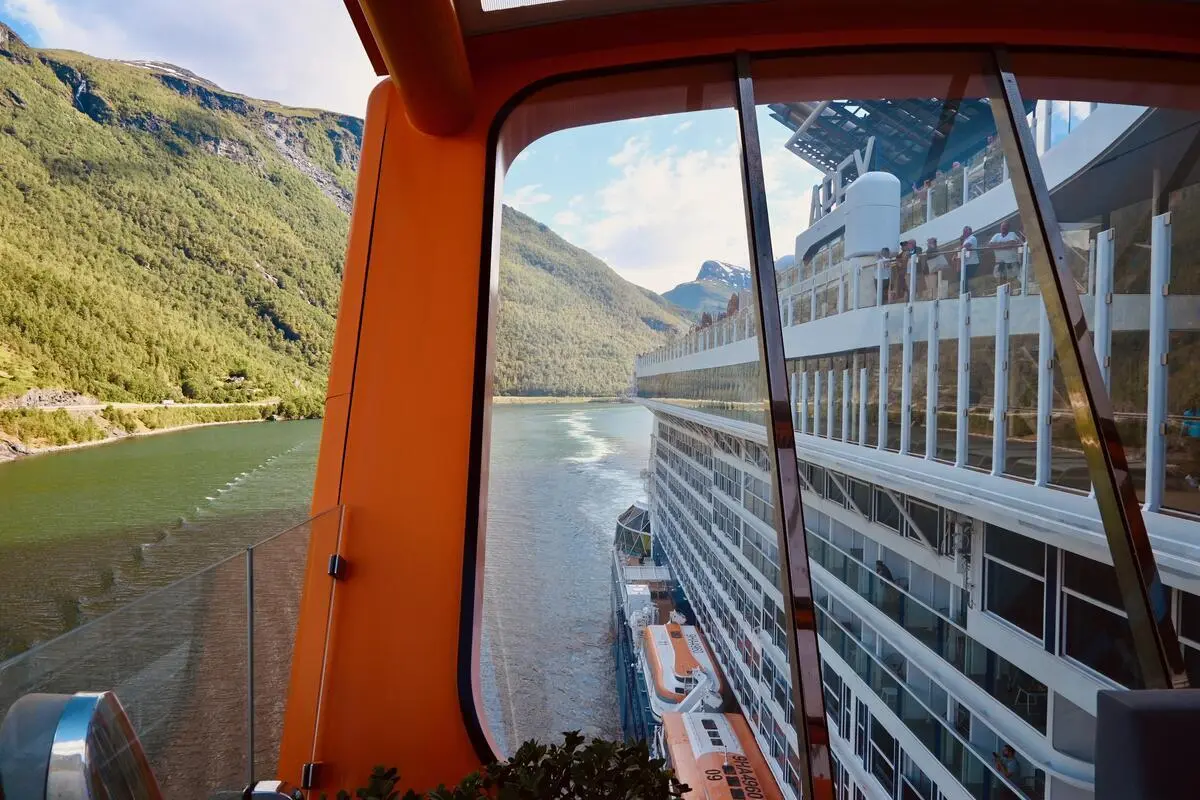
Now, the Magic Carpet is one of the most recognizable features on Celebrity’s Edge class ships. The bold orange color makes the Magic Carpet one of the most distinguishing elements on any cruise ship.
Similarly, this risk-raking also drove innovations like the AquaDome on Icon of the Seas, which was born from a napkin sketch when computer models wouldn’t pinpoint their vision. The result was an incredible, glass-enclosed entertainment space unlike anything on a cruise ship. The venue is a theatre at night and observatory by day, with a centerpiece that redefined what a cruise ship could feel like.
Fain writes, “Icon of the Seas has received widespread acclaim. But to me, Icon represents more than that. To me, she represents the latest and most dramatic stage of Royal Caribbeans transition from a cruise company to a vacation company.”
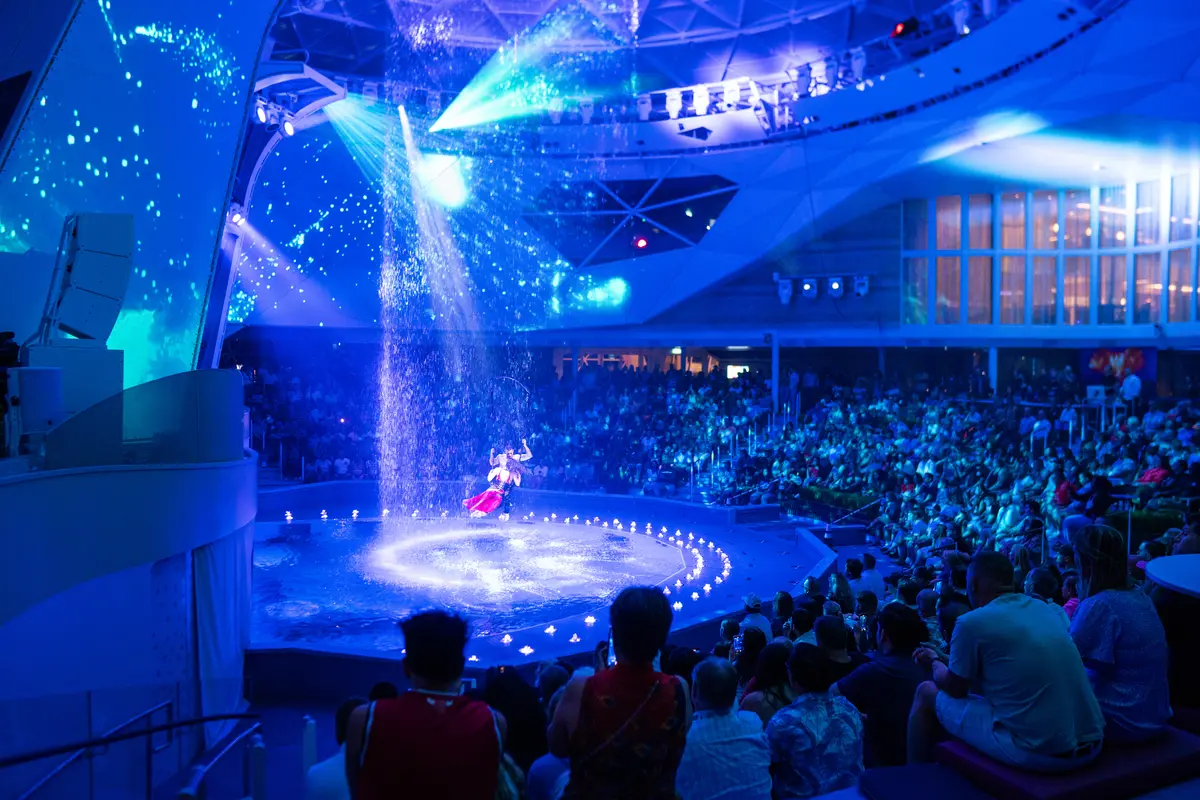
“And Wall Street sees it the same way; the market value of Royal Caribbean is now larger than any airline, hotel chain, or tour operator in America. And more than all the other cruise lines combined,” he continues.
In the end, Fain explains how this “vividly demonstrates the value of defining an ambitious goal and having a culture that pursues it relentlessly.”
The cruise line’s focus on culture has been a catalyst for its long-term success
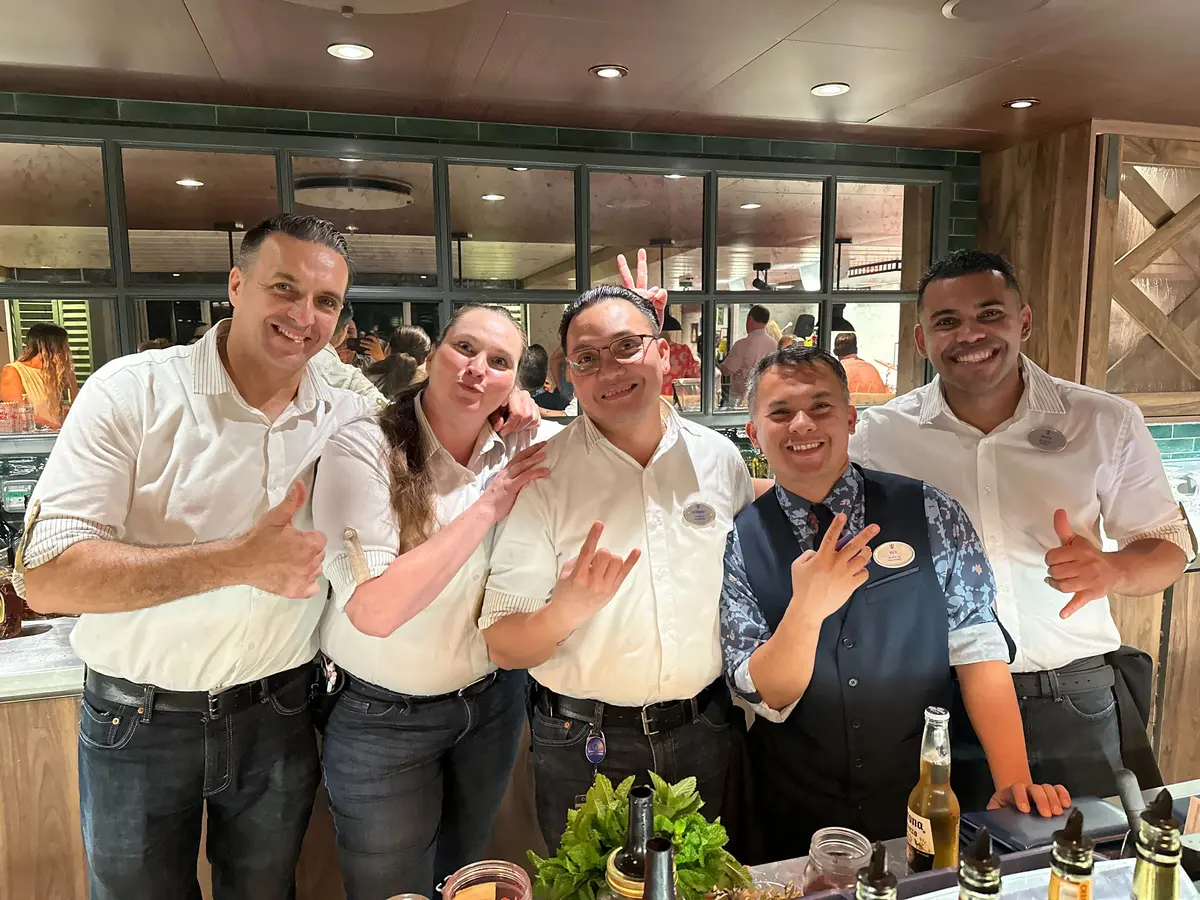
In Delivering the WOW, Fain continuously emphasizes the importance of culture being the company’s greatest competitive advantage.
Throughout the book, Fain discusses how Royal Caribbean’s wow-factors have been the direct result of having a standout culture. According to the former CEO, guests have been repeatedly delighted beyond what they thought was possible when the culture facilitates alignment around a unifying mission.
Fain highlights the debut of the rock-climbing wall on Voyager of the Seas as a defining example of Royal Caribbean’s culture of innovation. A younger group of employees were tasked to ideate what should be incorporated behind the ship’s funnel. Along with a few ideas, the team members pitched an idea to incorporate a rock-climbing wall.
Rock-climbing was rising in popularity, and the team imagined it would be a perfect fit. And while Fain originally didn’t love the idea, the company eventually agreed to the concept.
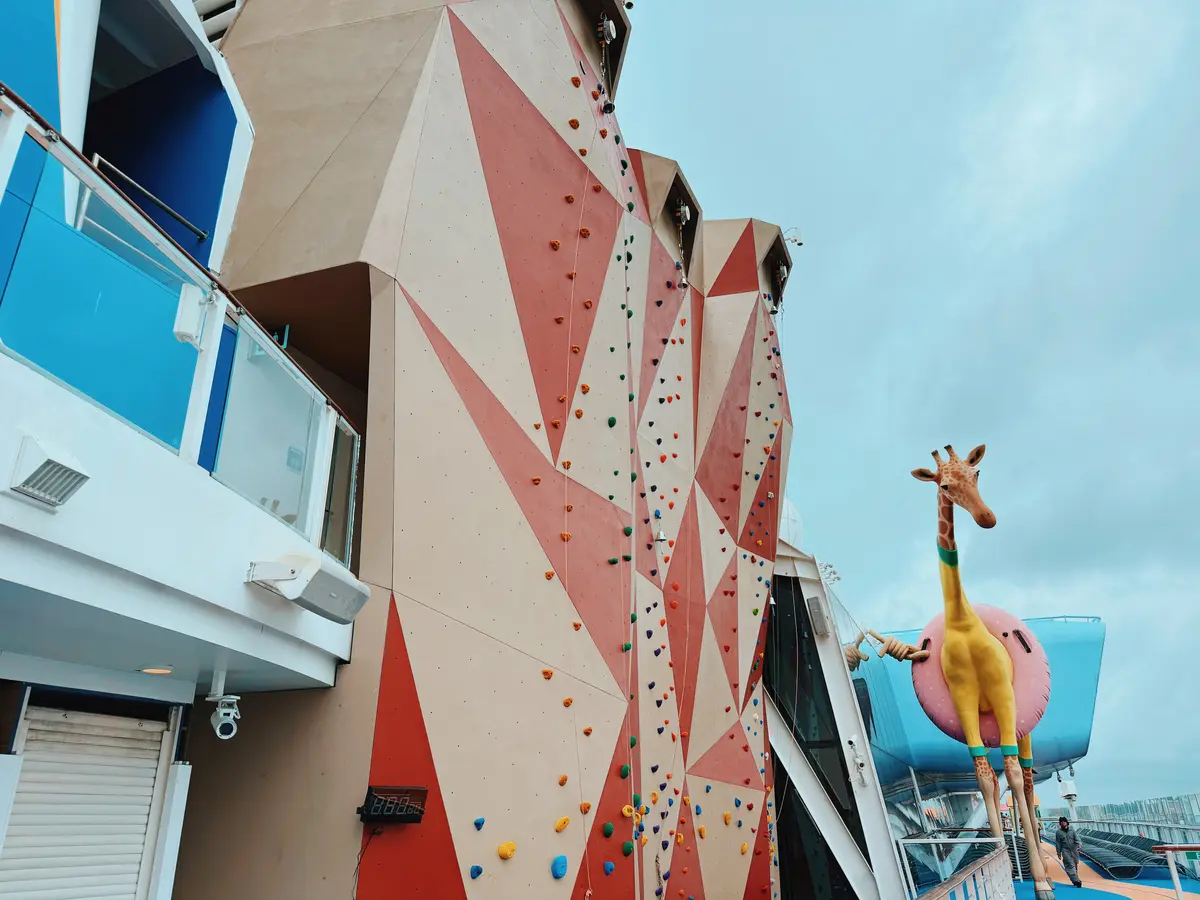
Now, Royal Caribbean has incorporated a rock climbing wall on every new ship since Voyager of the Seas was built in 1999. And while Fain says that only 10% of guests actually use the rock climbing wall, it represents Royal Caribbean’s continued commitment to innovation. In this way, Fain's leadership encouraged employees to experiment, collaborate, and innovate without boundaries.
“We try to hide exceptional people capable of excellence; people who have the confidence to act on their own but not arrogance to believe that only they know what works best. The company needs a diversity of voices, each with a willingness at times to step outside their formal roles or institutional silos and challenge conventional wisdom.”
With over 10,000 employees, Fain said in a recent Bloomberg interview, “It hasn’t been a real challenge to hire them. The whole book is about our culture. And our culture has made it possible to attract the best and brightest. We’ve had no difficulty attracting the people we need.”
There’s something for everyone on a Royal Caribbean cruise
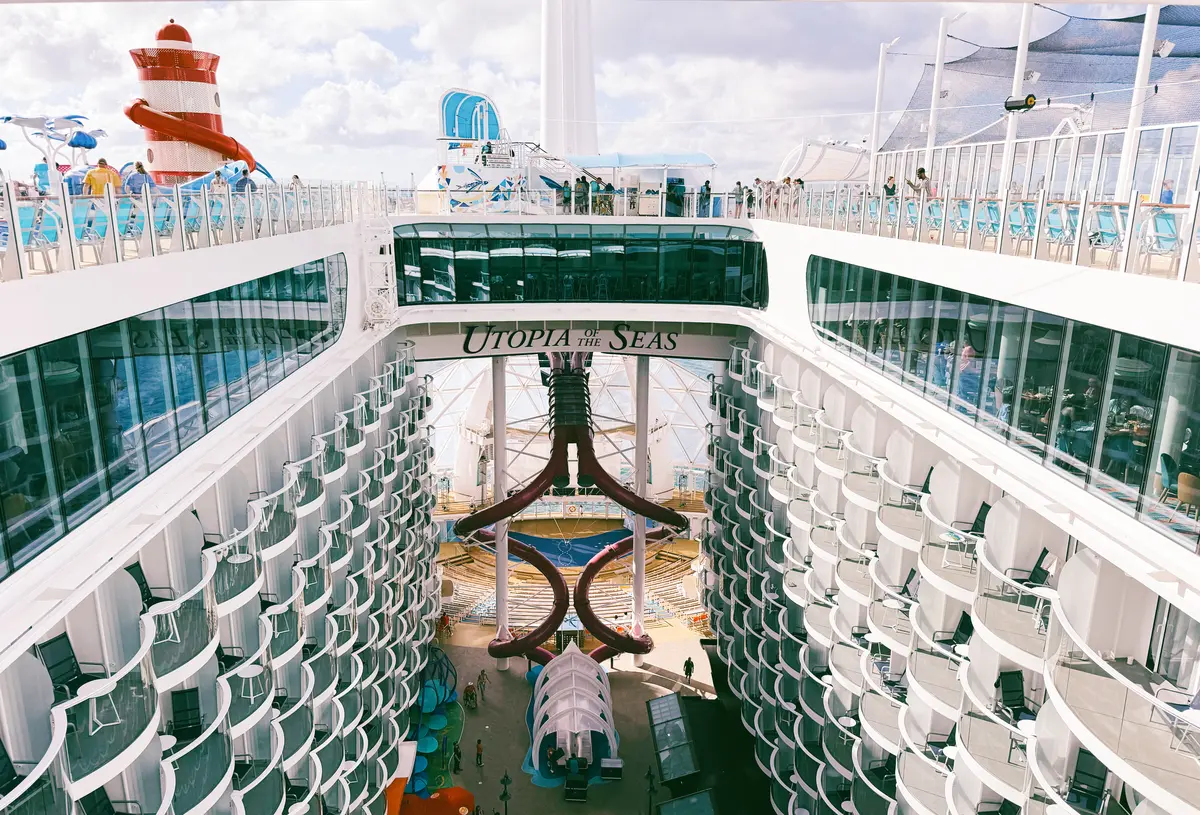
Fain’s innovative leadership extended beyond Royal Caribbean Group’s cruise ships. For example, when Fain described developing Perfect Day at CocoCay, he wrote of dividing the island into thrill and chill zones. He explained, “Those who wanted excitement could go to the thrill side; those who wanted quiet relaxation could go to the chill side.”
The lesson Fain learned is that innovation isn’t about pleasing one market segment, but instead recognizing the diverse desires within your audience.
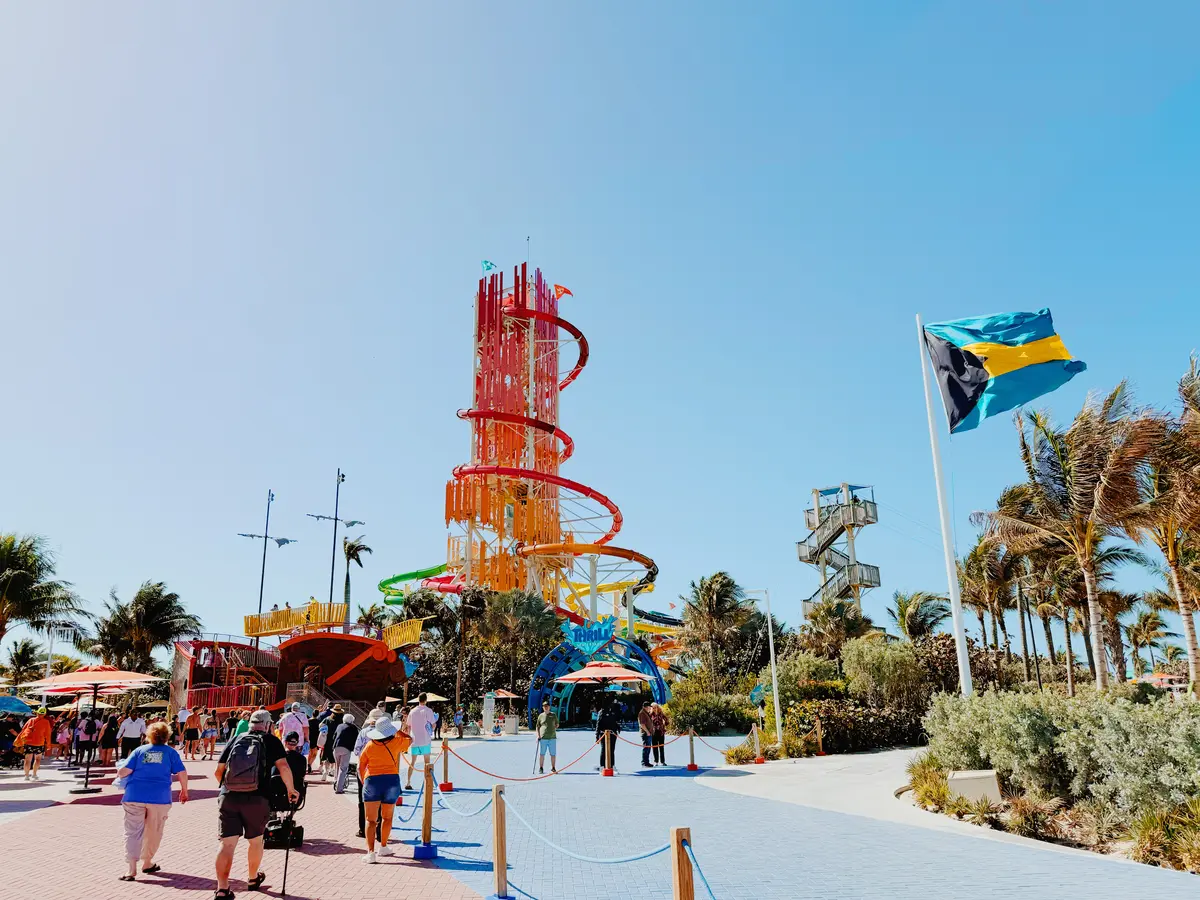
The idea that variety is value has become one of the most important lessons in Royal Caribbean’s history. In fact, this idea transformed cruising from a niche market into a mainstream vacation choice.
Fain reflected on this transformation, saying, “This industry has grown by leaps and bounds. Cruising used to be a niche operation. Cruising has become a mainstream part of vacationing. And as a result, we’ve gone from being at the edge of vacation to being one of the most valuable companies in the vacation business.”
“And it’s because cruising offers such an amazing value and such an amazing time for our guests.”
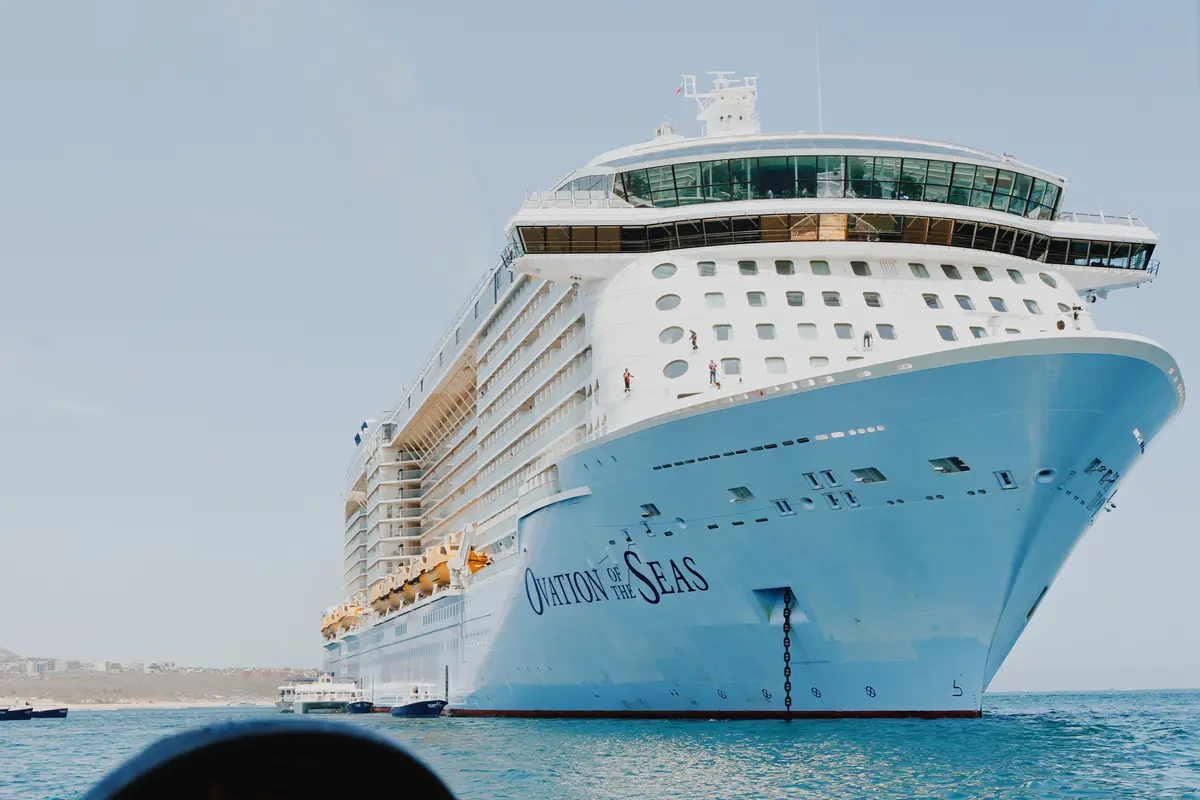
Fain went on to explain how Royal Caribbean’s success came from widening the definition of who a cruise could serve. Fain explains, “[We] offered a product that appealed to everyone. We went from a product that appealed to a small part of the total vacation market, mostly older people or retired people."
“And now we have something for everyone. We have large ships, small ships, The ships are spectacular. It’s really delivering the wow. We deliver the wow to our guests, and they love it. And the result is that people just come back from a cruise vacation don’t just rave about it. They’re obnoxious about it. They love it!” continues Fain.
In this way, today’s triple milestone is a reflection of everything Richard Fain built during his decades at Royal Caribbean Group. Under his leadership, the company transformed from a traditional cruise line into an innovation powerhouse, redefining what was possible at sea.



